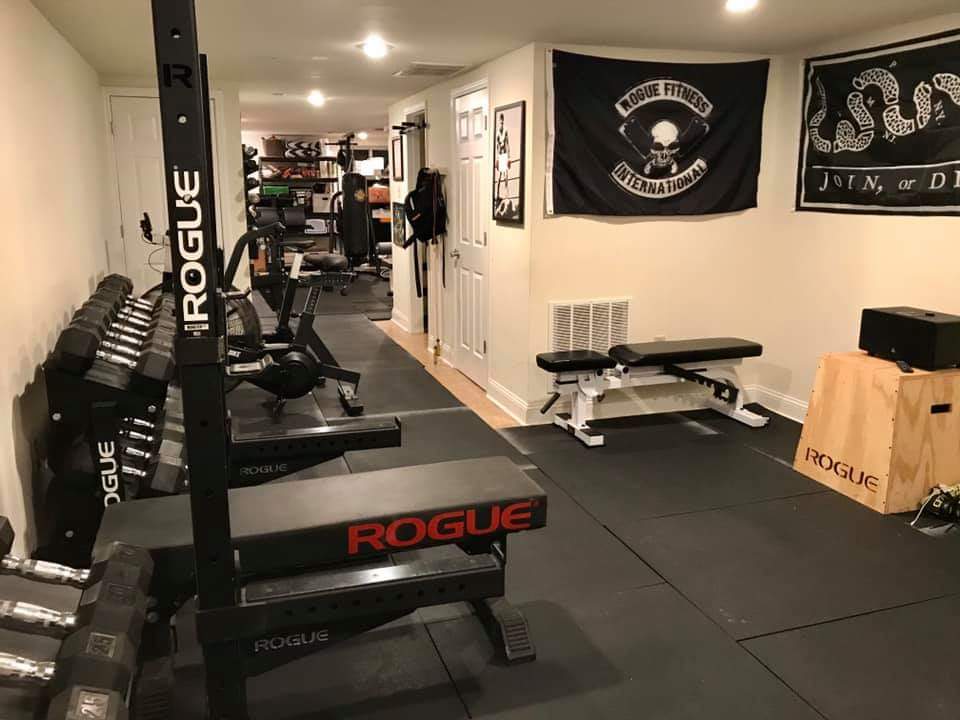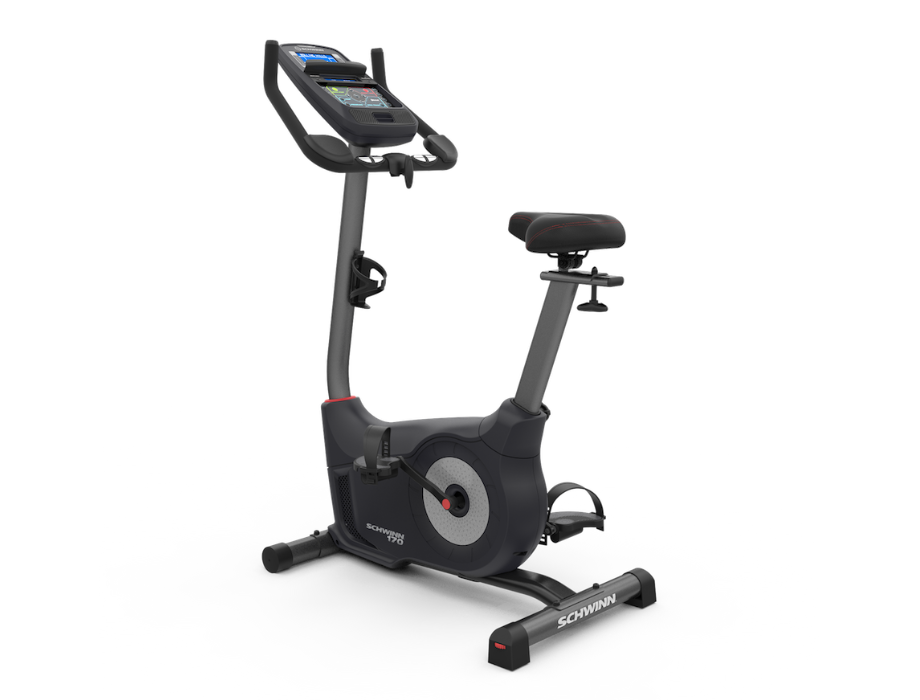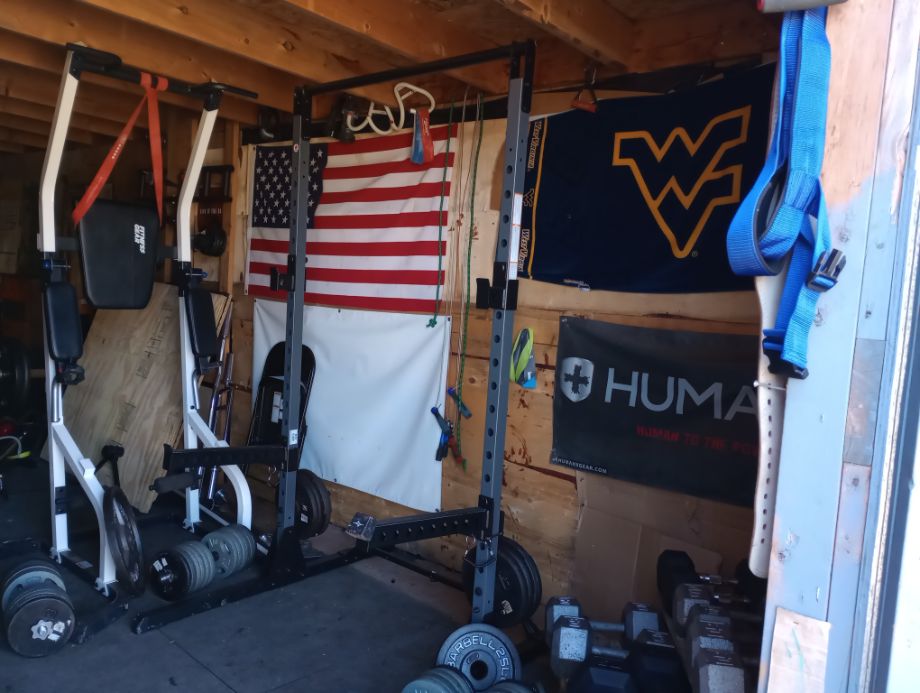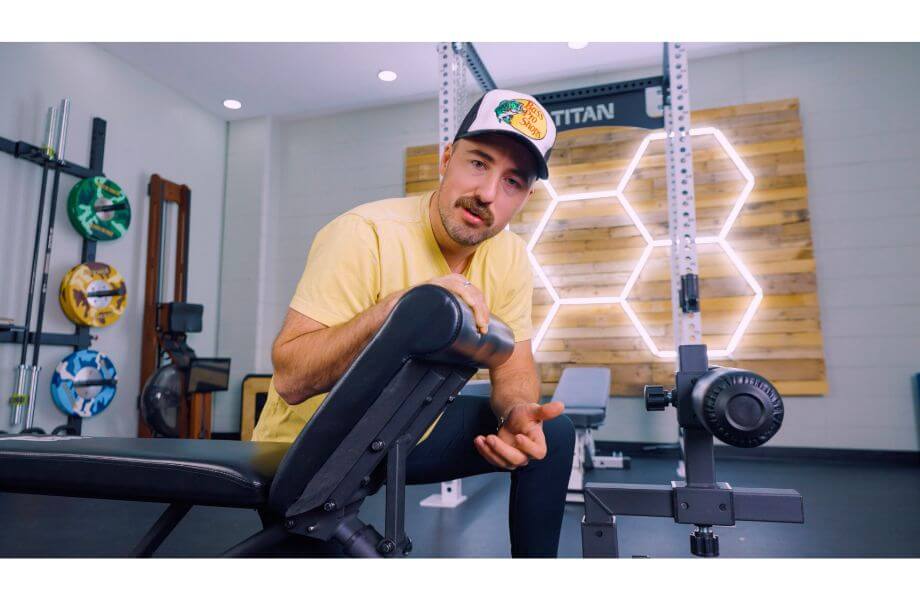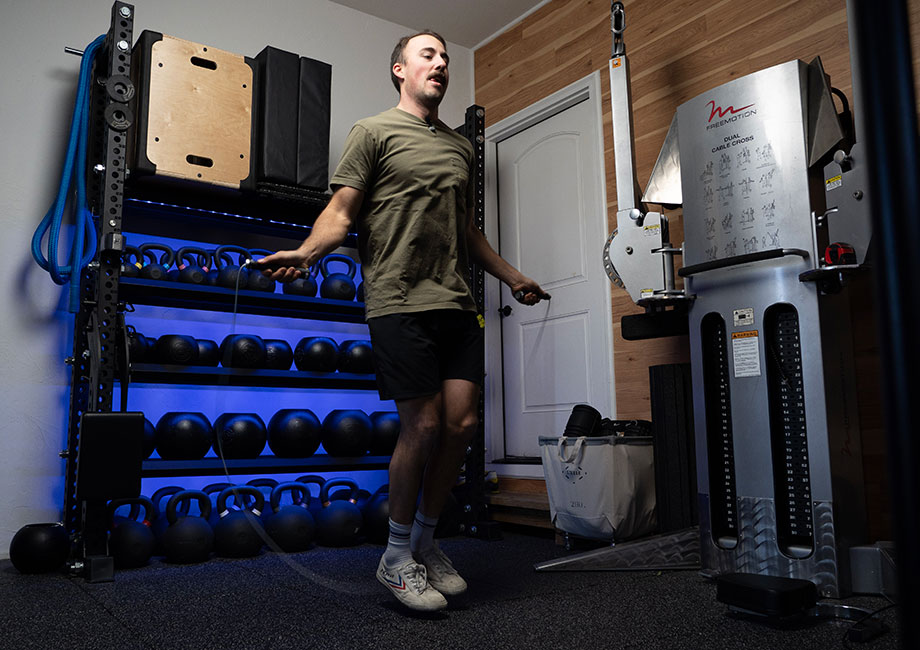Ever wondered what all those things are meant for? We’ll run down everything from barbells to treadmills.
Home gyms are a lot like snowflakes—no two are the same, and they’re all beautiful in their own right.
Whether you’re looking to build your first home gym, are looking to expand your home gym equipment knowledge, or want to get some ideas on how to expand your own Iron Paradise, it’s important to know the different types of exercise machines, free weights, and storage equipment one might find in different home gyms.
That’s what we’re here for.
We’ve compiled a definitive list of just about anything people might put in their home gyms, from weight training paraphernalia to conditioning equipment. We’ll let you know what each is, how they could benefit your training, how much they cost on average, and the general size.
With this knowledge, we hope you feel more confident in building your own home gym.
STRENGTH EQUIPMENT
Squat Rack/Power Cage
What It Is: A cage or four-post rack that’s used to perform a variety of barbell movements such as the squat, bench press, and more. They’re often called squat racks, but depending on the type and construction they may also be called power cages or squat stands. Most squat racks will have four vertical posts but there are some, referred to as squat stands, that only use two, and some fully-built cages that have six posts.
Muscles Used: Full-body (RELATED: Deadlift Muscles Worked)
How to Use: There are many different ways to use a squat rack, such as for back squats, front squats, bench press, pull-ups (if your cage has a pull-up bar), and isometric deadlifts.
Suitable For: Back squats, bench presses, shoulder presses, and other strength exercises
Who Should Use It: Powerlifters, bodybuilders, and those interested in general strength training
Average Size: Squat racks come in many different sizes, but typically they’ll be about 48 inches in length and width and anywhere from 5 feet to 7.5 feet tall.
Price: $100 to $6,000+
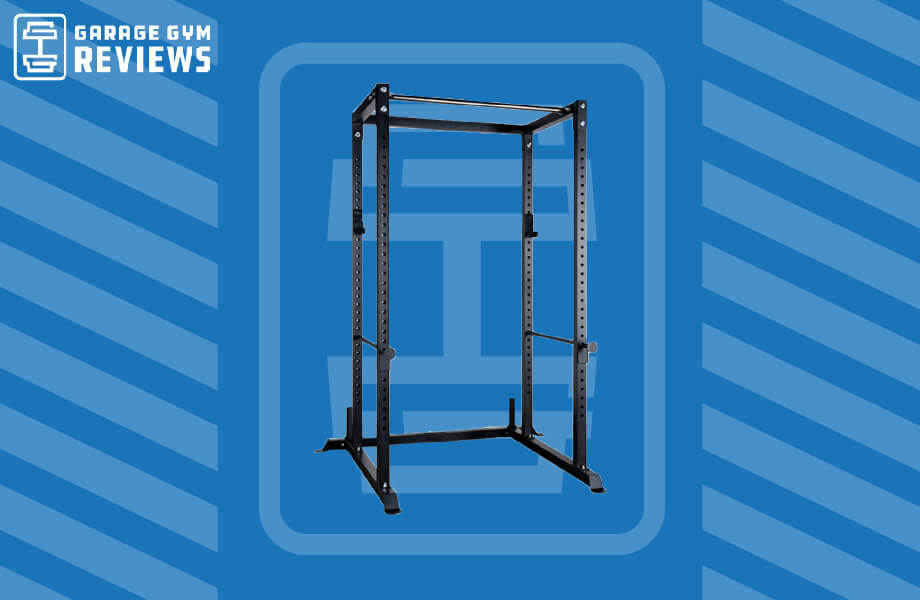

Barbell
What It Is: A bar loaded with weight plates on either side that’s used to perform strength training moves. When most people say “barbell,” they’re typically referring to an Olympic barbell, though there are also powerlifting barbells, safety squat bars, and a wide range of specialty bars.
Muscles Used: Full-body
How to Use: It really depends on what exercise you’re doing—using a barbell for a clean and jerk, for example, is different from using it for biceps curls.
Suitable For: Total-body resistance training exercises, isolation exercises, compound exercises
Who Should Use It: Anyone who does resistance training
Average Size: A typical Olympic barbell is 7 feet long and weighs 45 pounds
Price: $80 to $1,000+
Weight Plates
What It Is: Weight plates are circular objects that are used to make barbells and some plate-loaded machines heavier, which helps the trainee achieve strength and hypertrophy (increasing a muscle’s size) goals. They can be made of rubber, iron, steel, or other materials, each having its own benefit.
Muscles Used: Full-body
How to Use: Load the weight plates onto your barbell or plate-loaded weight machine to make them heavier.
Suitable For: Any barbell-based movements or plate-loaded machine exercises
Who Should Use It: Anyone who owns or is thinking about owning a barbell or plate-loaded weight machine
Average Size: Depends on how heavy the weight plate is. Both the International Weightlifting Federation and International Powerlifting Federation state a 45-pound plate must be 17.72 inches in diameter.
Price: $20 to $300+
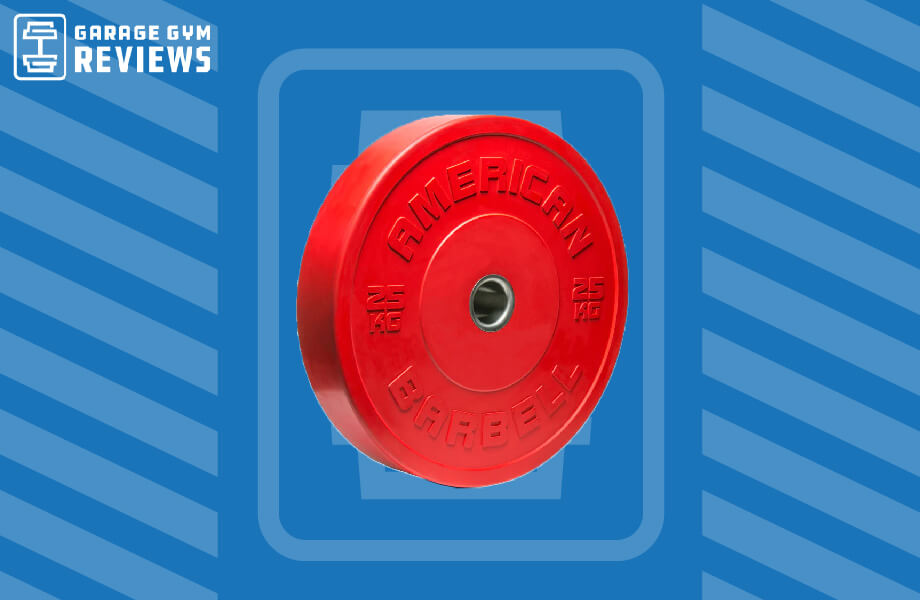
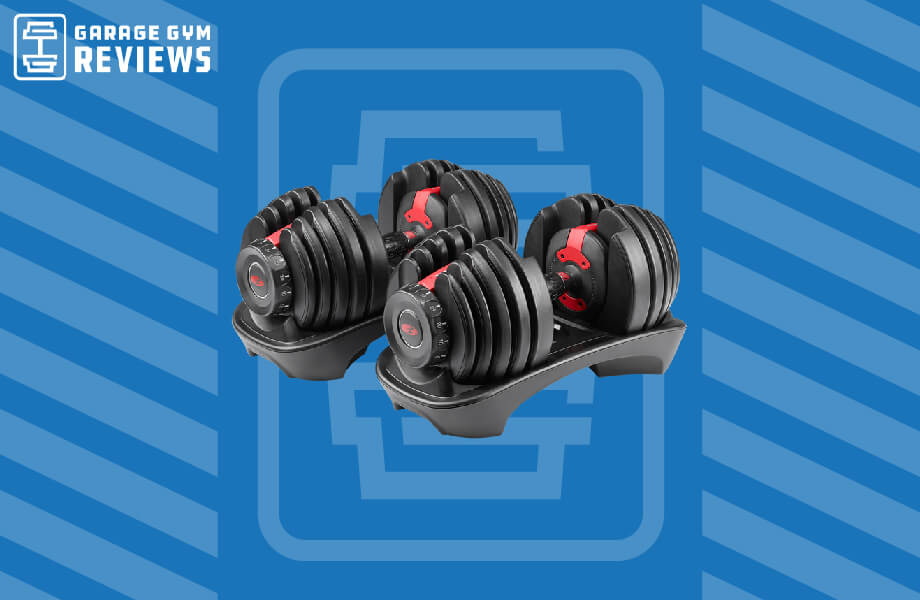
Dumbbells
What It Is: One of, if not the most popular, piece of strength training equipment ever invented. A dumbbell can be made of just about any material but always has a handle that connects two heads, which increase in size as the dumbbell’s weight goes up.
There are traditional dumbbells, which are the type you’ll see in most commercial gyms, and adjustable dumbbells, which combine multiple weights into one compact piece of equipment.
Muscles Used: Fully-body
How to Use: Dumbbells can be used in a variety of ways, but generally you want to grab them in the middle of the handle (this will sometimes be marked by knurling), though there are some moves that require grabbing them by the head.
Suitable for: Biceps curls, shoulder presses, and other resistance training exercises
Who Should Use It: Anyone who is looking to get stronger or increase muscle size
Average Size: 14 to 16 inches long
Price: $1.50 to $3.50 per pound
Kettlebells
What It Is: A bell-shaped free weight that’s used in similar ways to a dumbbell, but has more practical uses for stability and conditioning training due to the fact that its center of gravity is further away from your hand than a dumbbell. Kettlebells are also commonly used to improve grip strength due to the slick handle.
Like dumbbells, there are traditional kettlebells and adjustable kettlebells. But unlike dumbbells, kettlebells have a unique weight increment system that goes back to when they were first invented in Russia using a now-defunct unit of measurement known as a “pood,” which was 16 kilograms (or 35 pounds).
Manufacturers still create kettlebell weight increments based on the pood even though it’s no longer used.
Muscles Used: Full-body
How to Use: It depends on what moves you’re going to do with it. Regardless, you want to get a nice tight grip on the handle with one or two hands so that it doesn’t slip at any time.
Suitable For: Kettlebell swings and other full-body movements
Who Should Use It: People of all fitness levels
Average Size: Starts at 6 inches tall and gets bigger as the weight increases
Price: $1.50 to $3.50 per pound
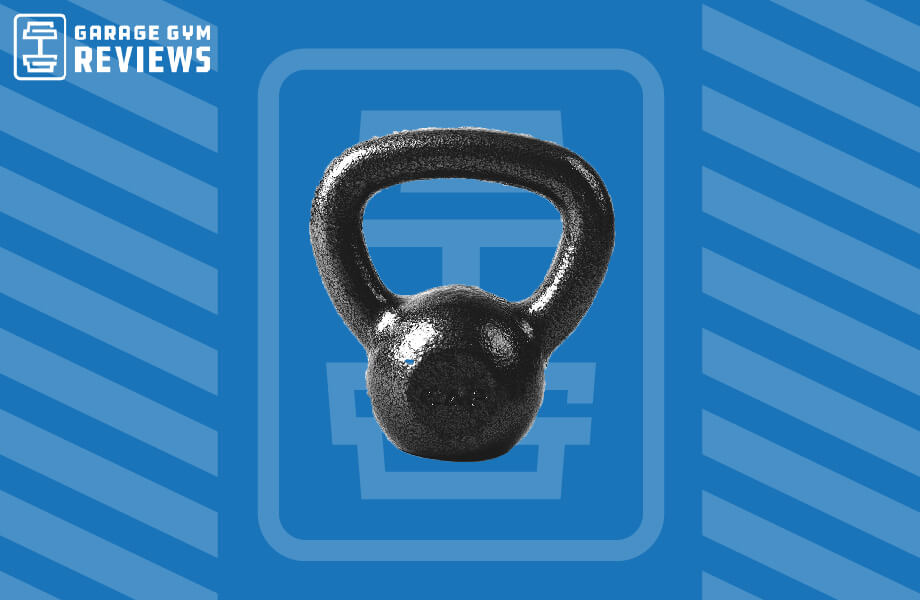
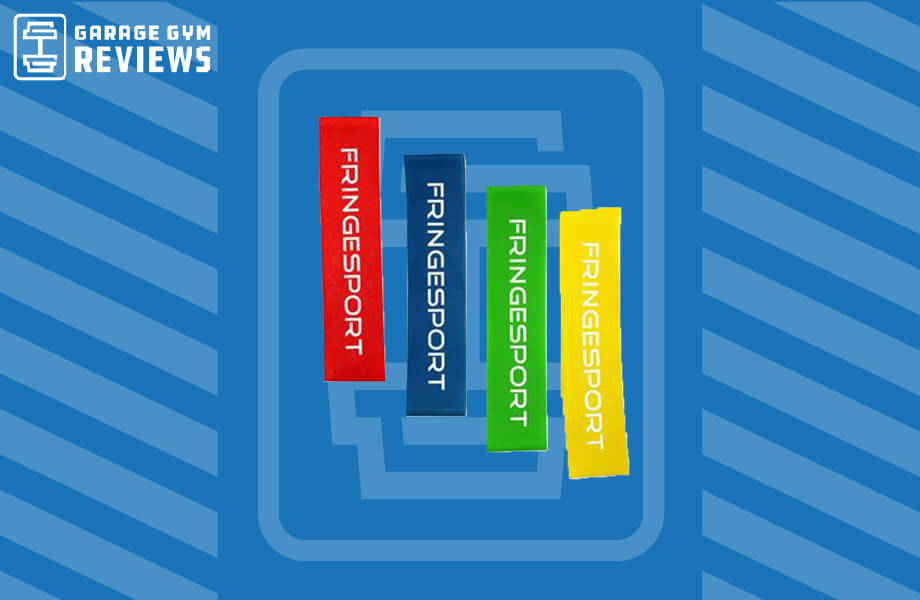
Resistance Bands
What It Is: An elastic band, typically made with latex rubber, that’s sometimes used in place of barbells, dumbbells, and kettlebells in resistance training, but generally used for physical rehab or warming up. These bands generally have handles on each end
Other resistance bands are also used for pull-up assistance for those who can’t perform one on their own just yet—these are just big loops akin to a rubber band. There are even mini resistance bands, which are smaller versions of looped resistance bands.
Muscles Used: Full-body
How to Use: Although it depends on what move you’re doing with the resistance band, the general philosophy remains the same: Remove all slack from the resistance band and stretch it as far as it’ll go without breaking, and slowly return to the starting position of your exercise.
Suitable for: A wide-variety of full-body exercises
Who Should Use It: Anyone interested in low-impact resistance training
Average size: Most full-size loop resistance bands will be 41 inches in length. Bands with handles are shorter at about 60 inches in length.
Price: $15 to $300+
Weight Bench
What It Is: A flat or adjustable bench that’s used to support a wide variety of moves from bench pressing to rear-elevated split squats. A flat bench is, as its name suggests, flat, whereas an adjustable bench can be adjusted on an incline or decline (depending on the model) to create an incline bench or a decline bench.
Muscles Used: Full-body
How to Use: Varies depending on what exercises you’re doing; you can do step-ups on a bench, lie on it face-up for bench press, or lie on it face-down for rows.
Suitable For: Bench presses, split squats, and any other move that requires a bench.
Who Should Use It: Those interested in bench press exercises or having an accessory for bodyweight and weighted movements
Average Size: 15 to 19 inches wide, 45 to 55 inches in length, 17 to 19 inches in height
Price: $50 to $1,500+
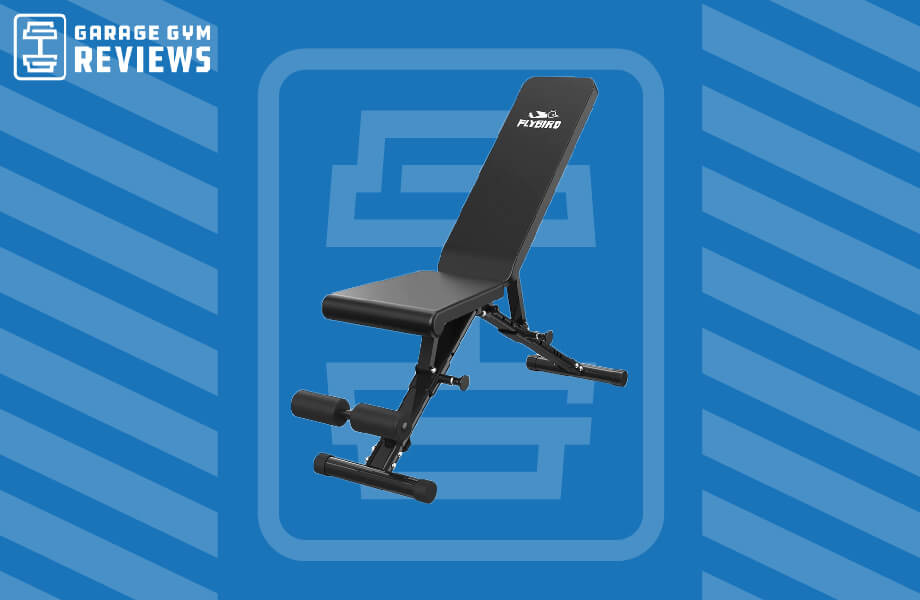

Functional Trainer
What It Is: A functional trainer can be many different types of machines, but typically it’s a free-standing cable machine that helps the user mimic real-life movements (hence the name functional training).
It’s important to note that functional trainers’ weights aren’t exactly what you’re pulling. They utilize what’s known as a pulley ratio—so if your functional trainer’s pulley ratio is 2:1 that means the 20-pound weight selection will actually only produce 10 pounds of force.
Muscles Used: Full-body
How to Use: Select the weight you want to use, grab the handles, and perform moves like cable crossovers, curls, rows, and even crunches.
Suitable For: Full-body isolation exercises that mimic real-life movements
Who Should Use It: Anyone who’s not focused on lifting very heavy weights, and even those who are lifting heavy weights but want to add accessory exercises to their routine
Average size: 46 to 120 inches in length, 30 to 74 inches in depth, and 60 to 92 inches in height
Price: $700 to $6,000+
Lat Pulldown Machine
What It Is: A strength training machine that’s used to help develop back muscles, primarily the latissimus dorsi, or the V-shaped muscles that connect your arms to your spinal area.
Muscles Used: Latissimus dorsi, biceps, rear delts, and traps
How to Use: Sit and adjust the knee pad so you’re seated securely. Place your feet on the floor, retract your scapula muscles, and grab the bar with a wide grip (a little more than shoulder width). Pull through your elbows until your lat muscles squeeze together and your shoulder blades come together. Slowly raise the bar until it’s back in the starting position.
Suitable For: Lat pulldowns and other moves designed to build back muscles
Who Should Use It: Bodybuilders, or anyone else who wants to focus on their back muscles
Average Size: 40 to 70 inches in length, about 50 inches in width, and about 90 inches in height
Price: $200 to $3,500+
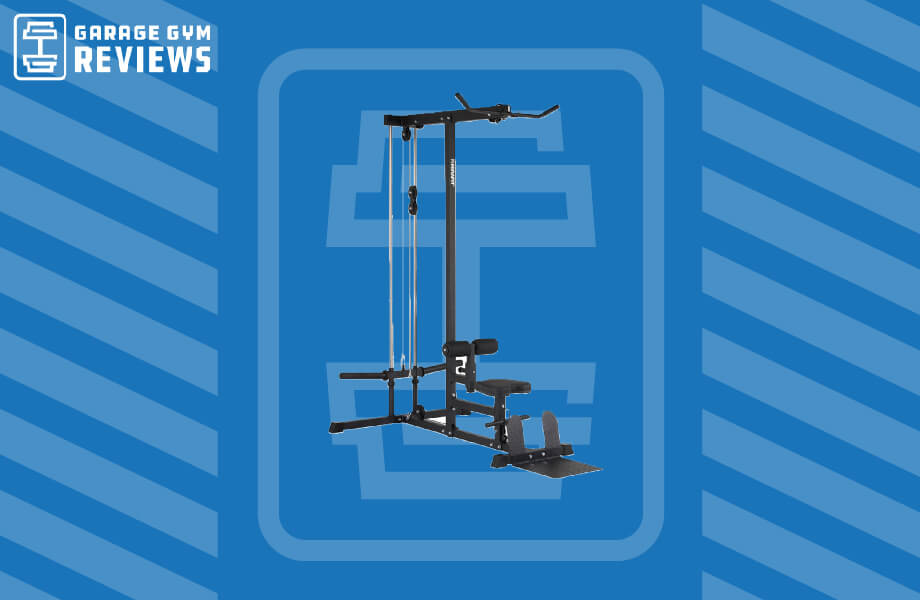
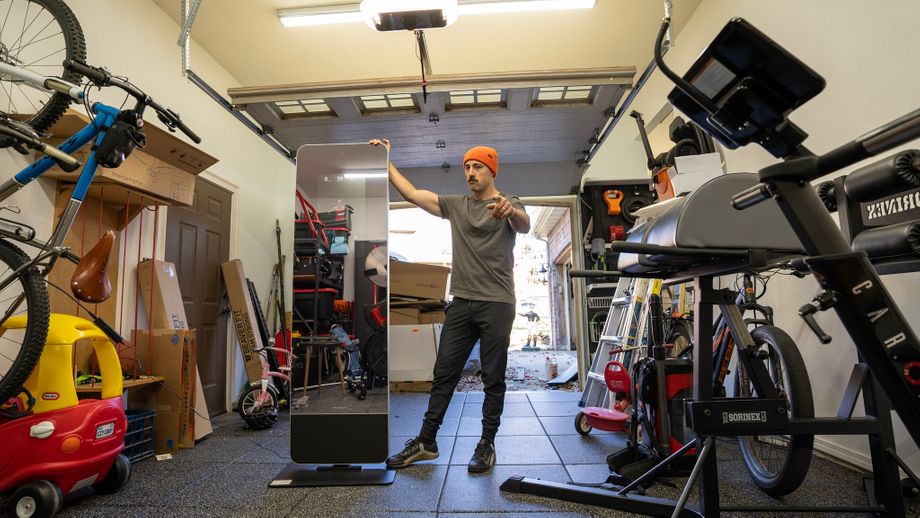
Workout Mirror
What It Is: A piece of smart home gym equipment that can be used for resistance training or bodyweight workouts. Although they’re called “mirrors,” not all workout mirrors will show your reflection and may just have a touchscreen display that you use to select your exercises.
Muscles Used: Full-body
How to Use: After installing the workout mirror in your desired location, you’ll be prompted to enter some basic information like your fitness level, height, weight, and goals. Some models may only offer guided workouts that you can follow, whereas others may allow you to customize your training with the different attachments offered.
Suitable For: Total-body strength or high-intensity interval training
Who Should Use It: Anyone who’s short on time or is looking for compact exercise equipment
Average Size: About 50 to 60 inches high, 20 inches wide, and 4 to 6 inches deep
Price: $1,000 to $3,500+
Suspension Trainers
What It Is: A set of straps with handles or stirrups on the end used to complete challenging bodyweight exercises
Muscles Used: Full-body
How to Use: Securely anchor the straps, adjust the length for the exercise at hand, and use the straps to help you balance while completing a variety of moves, like push-ups, squats, rows, or biceps curls.
Suitable For: Full-body resistance training without weights
Who Should Use It: Anyone, from beginners to advanced trainees, looking for low-impact resistance training.
Average Size: Strap length varies. The most well-known suspension trainer, the TRX GO system, is 50 inches long.
Price: Starting at $50
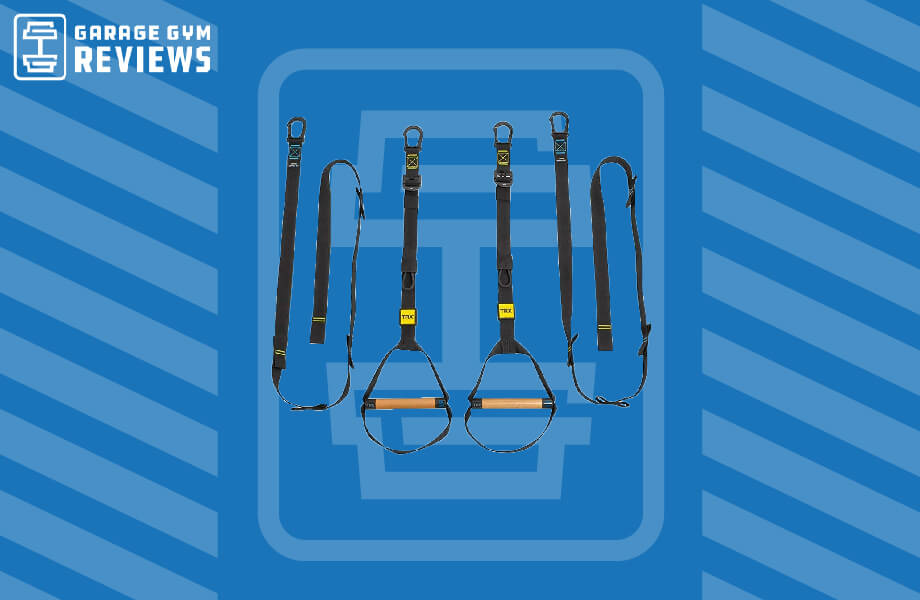
SPECIALTY

Reverse Hyper
What It Is: Short for reverse hyperextension, this machine is designed to decompress the spine as well as increase strength in the lower body.
Muscles Used: Lower back, hamstrings, glutes, hips
How to Use: Mount the machine, chest, and stomach laying on the pad and your hip creases lined up with the bottom of the pad. Grip the handlebars, lift your legs up until they’re parallel to the floor, then release.
Suitable For: Prone hamstring curls, back extensions, glute exercises
Who Should Use It: People who need to rehab a back injury, or anyone who wants to build strength in the glutes and hamstrings without any strain on the lower back.
Average Size: Typically 50 inches long by 42 inches wid
Price: $500+
Landmine Attachment
What It Is: An attachment that holds a barbell secure on one end, the landmine allows you to move and load the other end.
Muscles Used: Full-body
How to Use: Slip one end of the barbell into the landmine attachment, then you can perform a variety of exercises such as a variety of presses, rows, and squats.
Suitable For: Isolation movements like rows and presses
Who Should Use It: Those who want to work on stability, core strength, unilateral movements, and power.
Average Size: About 9 to 10 inches long
Price: $90
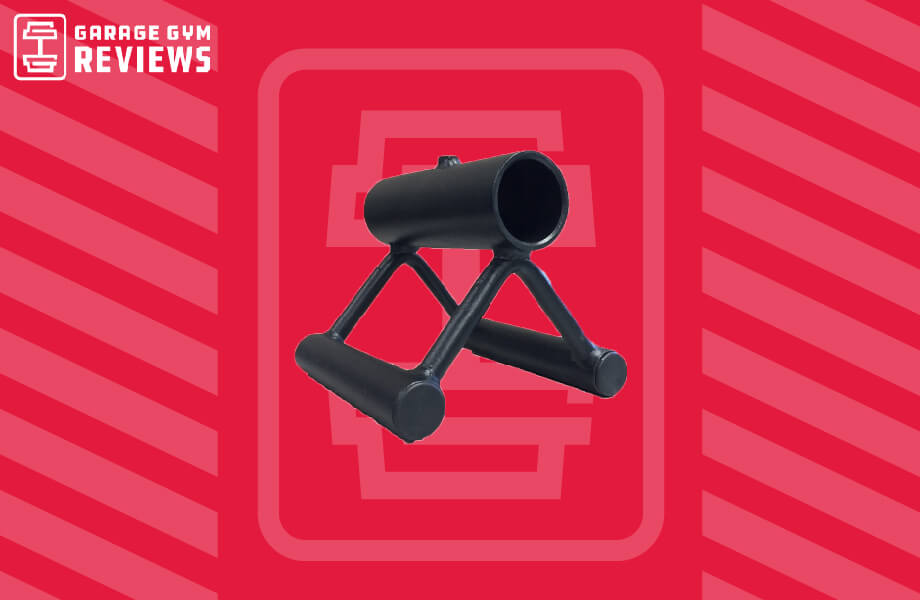
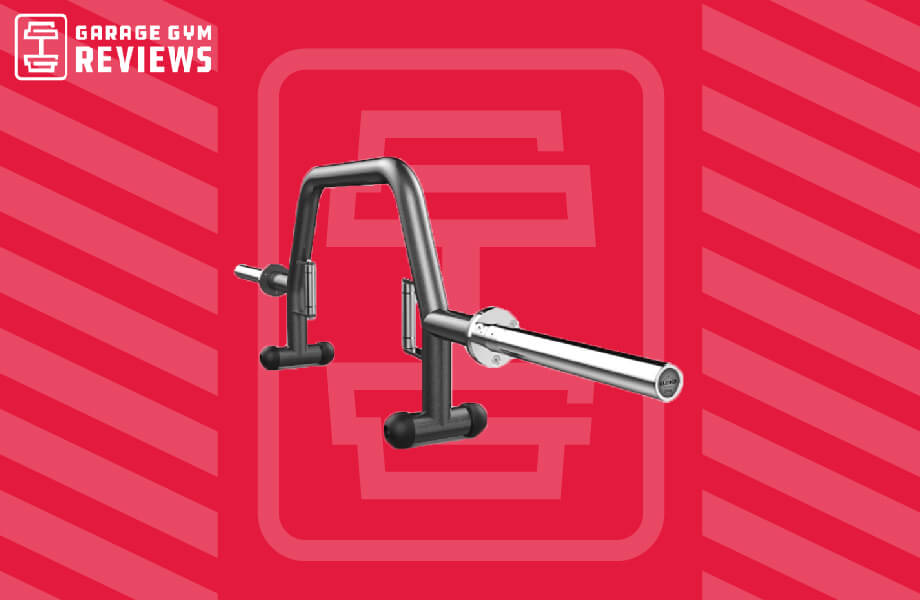
Trap Bar
What It Is: Also known as a hex bar, a trap bar is a type of specialty barbell with the bars bent at an angle, forming a hexagonal shape. It is most often used for deadlifts but is functional for total-body movements as well.
Muscles Used: Primarily targets the hamstrings, glutes, and quads but can be used for full-body exercises
How to Use: Load the trap bar with appropriate weight, then step into the center. Grip the handles and perform exercises like squats, deadlifts, rows, shrugs, or suitcase carries. You can also perform other exercises, like shoulder press, by racking the bar instead.
Suitable For: Performing deadlifts and carries
Who Should Use It: Trap bars are a versatile specialty bar and can be beneficial especially if you have back or shoulder pain, as it tends to take the pressure off both of these areas due to the weight placement and handle placement respectively.
Average Size: Approximately 85 inches long and 28 inches wide
Price: $150 to $800
EZ Curl Bar
What It Is: A type of specialty barbell used mostly for biceps and triceps exercises. The “W” shape of the bar allows for multiple grip options and can take the stress off of wrists, elbows, and even shoulders.
Muscles Used: Biceps and triceps
How to Use: Load weight on either end of the barbell, grip it in a comfortable position, and perform a variety of biceps and triceps exercises, like reverse curls, preacher curls, or tricep extensions.
Suitable For: Arm exercises
Who Should Use It: Anyone who finds a traditional barbell uncomfortable during biceps and triceps exercises
Average Size: Approximately 47 inches long with a 1.5-inch diameter
Price: $40 to $225
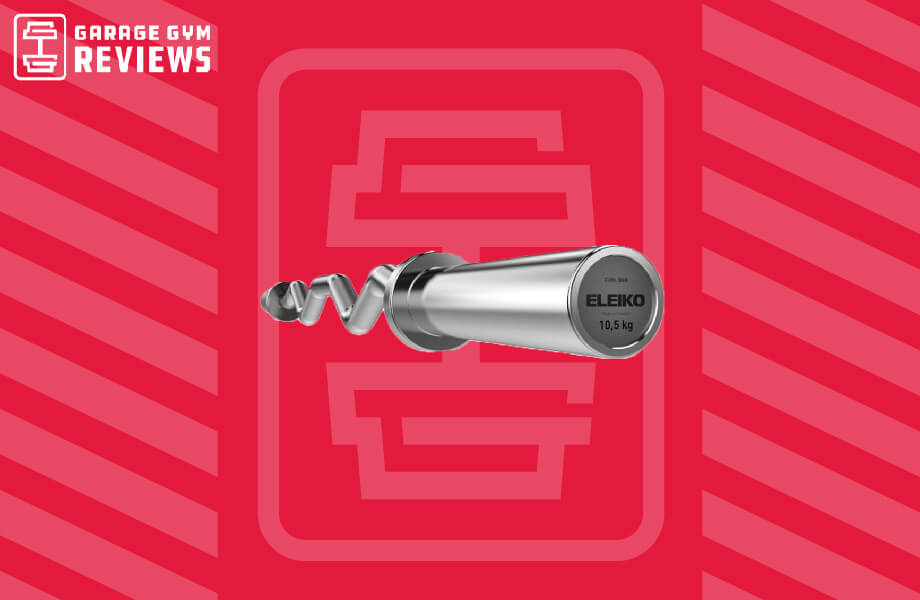

Dip Station
What It Is: A piece of equipment that allows you to do variations on a dip movement, which includes tricep dips and pushups.
Muscles Used: Pectoralis major and minor, triceps, anterior deltoids, abdominal muscles
How to Use: There are different types of dip stations—some attach to a rack or rig, while others are two separate portable bars that rest on the floor. The latter provides more flexibility, allowing you to perform dips as well as inverted rows, L-sits, handstand pushups and more. If using the former, you’ll simply attach it to your rack or rig, grip the handles and hold your bodyweight up with extended arms, then slowly lower yourself down by bending your elbows.
Suitable For: Performing dips
Who Should Use It: Anyone who wants to improve upper-body strength with just their bodyweight
Average Size: The attachment is approximately 25 inches long by 25 inches wide. Portable bars are approximately 45 inches long by 25 inches wide by 30 inches high.
Price: $100
Chest Press Machine
What It Is: This machine works your chest muscles, allowing the user to perform a movement pattern similar to a bench press but with more stability.
Muscles Used: Pecs
How to Use: Sit in the machine with your back against the pad and grip the handles. Brace your core, and push out until your arms are fully extended, using your pecs as the driver, then return to start.
Suitable For: Chest press exercises
Who Should Use It: Anyone who wants to improve upper-body strength and increase the size of chest muscles
Average Size: 70 inches long by 50 inches wide by 55 inches high
Price: $1,500+
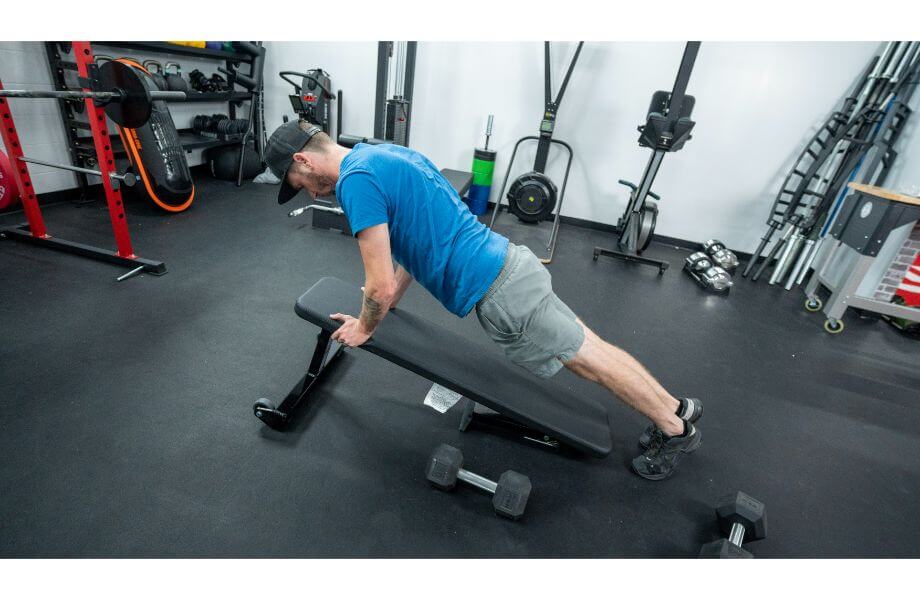
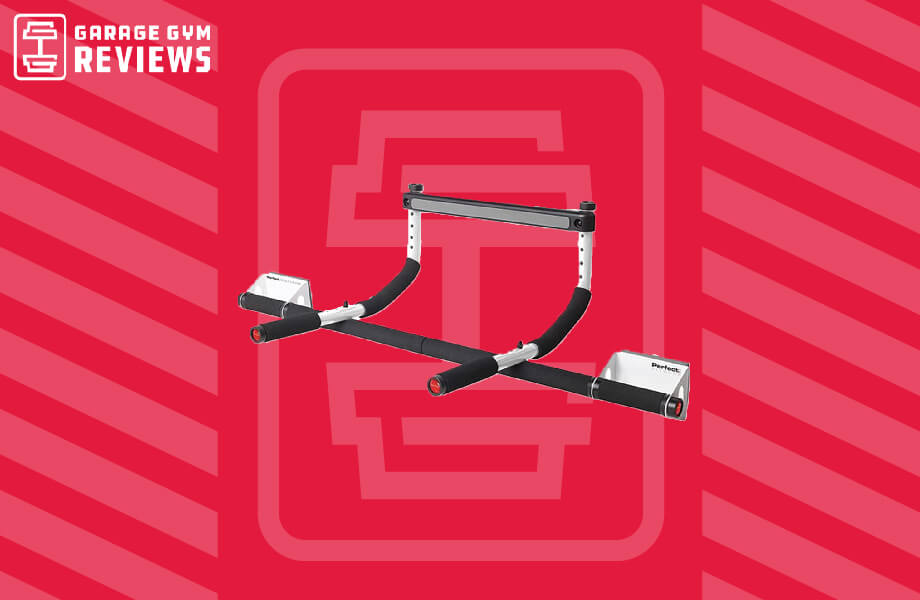
Pull-Up Bar
What It Is: A bar that can be mounted to a wall or doorway to perform pull-ups.
Muscles Used: Latissimus dorsi, pectoralis major, triceps, rhomboids, biceps, core
How to Use: Portable pull-up bars can be mounted in a door jam, while other more permanent options need to be screwed securely into the wall or a rack or rig. Once set up, grip the bars with an overhand grip slightly wider than shoulder-width apart, lift your feet up off the floor by bending your knees, and pull your chin up above the bar.
Suitable For: Building upper-body and core strength through pull-ups, hanging knee raises, dead hangs, toes-to-bar, and other gymnastics movements
Who Should Use It: Anyone looking to build upper-body strength. Pull-ups are an advanced movement, but even beginners can find benefit in a pull-up bar as they work their way up.
Average Size: A portable pull-up bar is about 38 inches long by 15 inches wide by 15 inches high. A wall-mount pull-up bar is about 50 inches long by 32 inches wide.
Price: $50 to $100
Leg Press Machine
What It Is: A gym machine that allows the user to train the lower body. You’ll lay with your back against a pad and push the weight away from you using your legs.
Muscles Used: Quadriceps, hamstrings, glutes, adductors, calves
How to Use: Load weight onto the machine, then sit in it with your back against the back pad and your feet on the foot pad (in the center is good, although different foot placement can target different muscles more heavily). Unrack the weight, push up with your legs and stop before complete lock out, then slowly lower down, bending your knees. You can also do a version of a calf raise on this machine.
Suitable For: Building leg strength
Who Should Use It: Anyone looking to build lower-body strength. Leg press is especially good for those who want to squat but lower back pain limits them from doing so.
Average Size: Approximately 90 inches long by 50 inches wide by 55 inches high
Price: $1,500 to $2,000
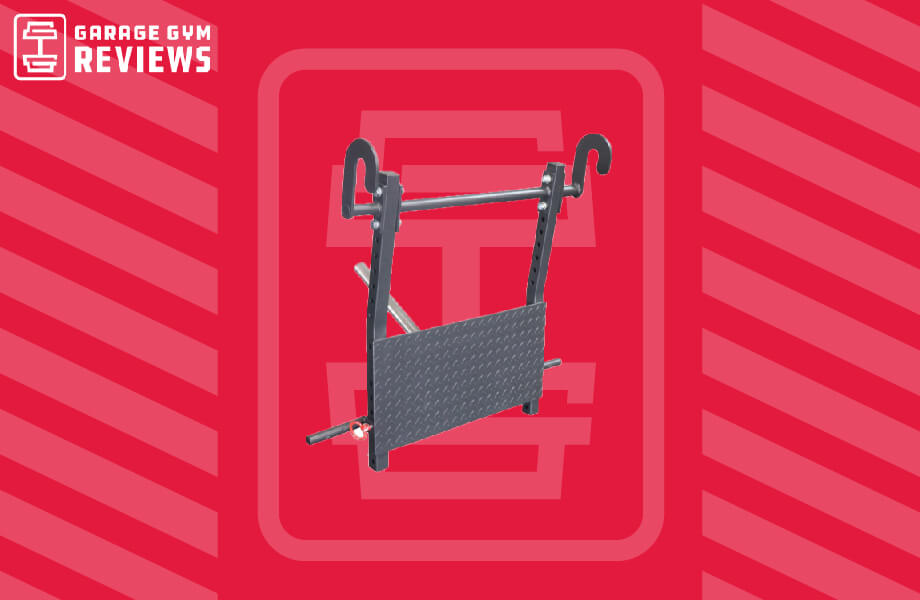
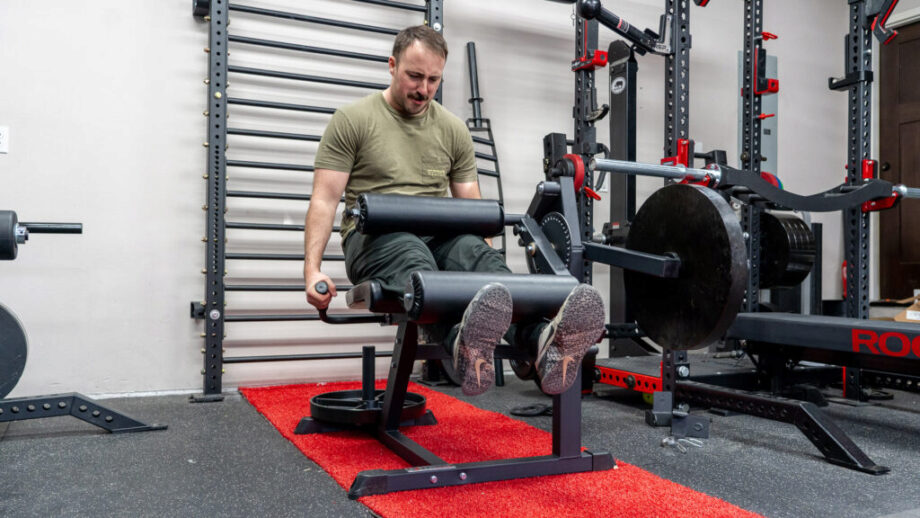
Leg Curl Machine
What It Is: A piece of weight equipment that allows you to isolate your hamstrings
Muscles Used: Hamstrings and calves
How to Use: There are two versions of the machine—the seated leg curl and the lying leg curl. In the seated machine, you’ll adjust the pad to lay directly on your thighs with your calves on the padded lever, just at the bottom of your calf muscle. Using your hamstrings, pull the padded lever down. In the lying version, lay on the machine with your torso and thighs on the pads and the padded lever resting at the bottom of your calf muscles. Grip the handlebars then pull the lever up with your hamstrings.
Suitable For: Building lower-body strength through isolation exercises
Who Should Use It: Anyone looking to build hamstring size or strength
Average Size: Approximately 60 inches long by 40 inches wide by 35 inches high
Price: $800+
Leg Extension Machine
What It Is: A piece of weight equipment that allows you to isolate your quadriceps
Muscles Used: Quadriceps
How to Use: Sit on the machine with the padded lever positioned in the middle of the shin. Grip the handles and push the lever up using your quads.
Suitable For: Building lower-body strength through isolation exercises.
Who Should Use It: Anyone looking to build quad size or strength
Average Size: Approximately 60 inches long by 40 inches wide by 35 inches high
Price: $800+


Smith Machine
What It Is: A barbell within a safety rail system. The barbell will follow a designated path, which provides an added element of stability, but it can limit the span of exercises that can be performed.
Muscles Used: Full-body
How to Use: You use a Smith machine the same way you’d use a barbell, there’s just less range of motion since the barbell moves in a controlled path.
Suitable For: Compound exercises
Who Should Use It: Anyone who needs extra stability with barbell training
Average size: 85 inches long by 65 inches wide by 55 inches deep
Price: $1,500+
Preacher Curl Bench
What It Is: A bench used to isolate the biceps muscle without causing unneeded strain on other extremities
Muscles Used: Mainly long-head of biceps
How to Use: Hold weight in one or both hands and make sure your armpits are touching the pad (palms up!). From there, fully extend down from the elbows and then curl back up.
Suitable For: Building biceps muscles though preacher curls
Who Should Use It: People with elbow issues or those looking to grow their bicep muscles
Average Size: Depends, but usually all dimensions are in the 30-inch to 40-inch range
Price: $65 to $1,400


Plyo Boxes
What It Is: A versatile box used for a variety of exercises such as step-ups, box jumps, dips, raises, and more
Muscles Used: Legs, general lower body
How to Use: Generally speaking, you can use a plyo box to hone your jumping ability, or simply use it as a platform to perform various weighted and unweighted exercises.
Suitable For: Box jumps, dips, step-ups, pistol squats, raises, donkey kicks
Who Should Use It: Anyone without balance issues looking to practice explosiveness training and improve coordination
Average Size: Around 16 inches to 20 inches high
Price: $100 to $200
CARDIO/CONDITIONING EQUIPMENT
Treadmill
What It Is: A machine that can be used for walking, jogging, running, or sprinting.
Muscles Used: Mostly lower-body engagement, specifically the calves, hamstrings, quads, and glutes
How to Use: Simply plug in the machine (unless it is a manual treadmill) and press the start button. From there, feel free to adjust your speed and incline (if your machine has it). Adjust as desired for lighter walks versus more intense intervals.
Suitable For: Walking, jogging, running, and sprinting
Who Should Use It: People of pretty much any and all fitness levels looking to build their cardio endurance or increase movement
Average Size: 35 inches wide by 77 inches long
Price: $300 to $6,000+

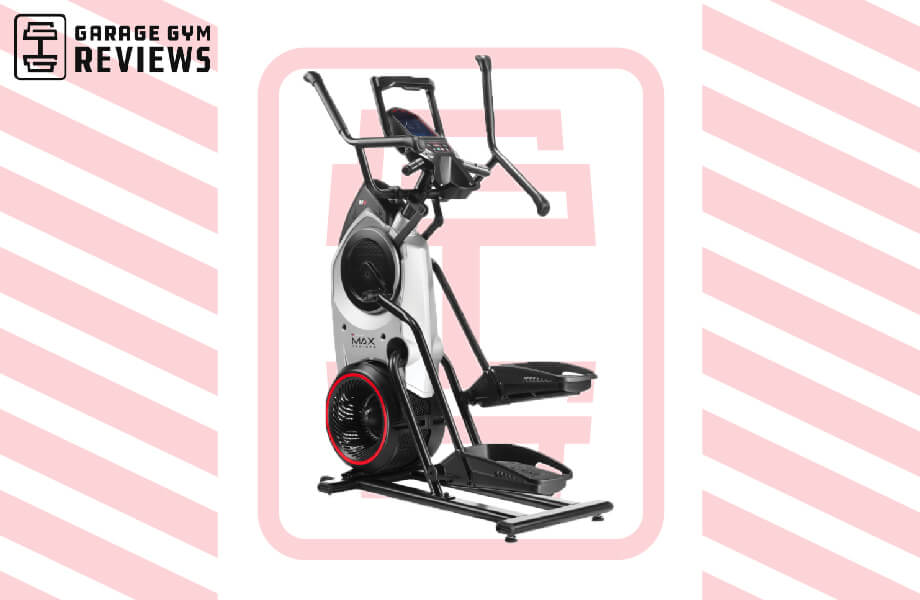
Elliptical Machine
What It Is: A machine that allows the user to “glide” in a similar movement pattern to walking to improve their cardiovascular fitness without significant stress or pressure on the joints.
Muscles Used: Full-body
How to Use: Put your feet on the pedals and grasp the two handles. From there, adjust the resistance and possible incline and begin to “step” forward. You can make the movements more challenging by just using your arms or legs as the main driver.
Suitable For: Low-impact cardio workouts
Who Should Use It: Folks who need a low-impact cardiovascular workout
Average Size: 30 inches wide by 72 inches long
Price: $100 to $4,000+
Exercise Bike
What It Is: The non-moving version of a regular outdoor bike. It can be an upright bike or recumbent-style, where you’re sitting back with your legs out in front of you.
Muscles Used: Calves, quads, hamstrings, glutes, core
How to Use: Lightly rest your hands on the handlebars and sit down on the main part of the seat, otherwise known as the saddle. Figure out if your exercise bike has clips or if it is compatible with regular sneakers, and then follow suit accordingly. Move your feet in a circle, pedaling as if you were on a bike ride in the neighborhood. You’ll likely be able to adjust your resistance (depending on your exercise bike) to suit your fitness level and desired intensity.
Suitable For: Low-impact cardio exercise, high-intensity interval training
Who Should Use It: Those who want low-impact cardio, wishing to build cardio endurance, or those training for a road race
Average Size: 60 inches long by 24 inches wide by 50 inches high
Price: $200 to $3,000+
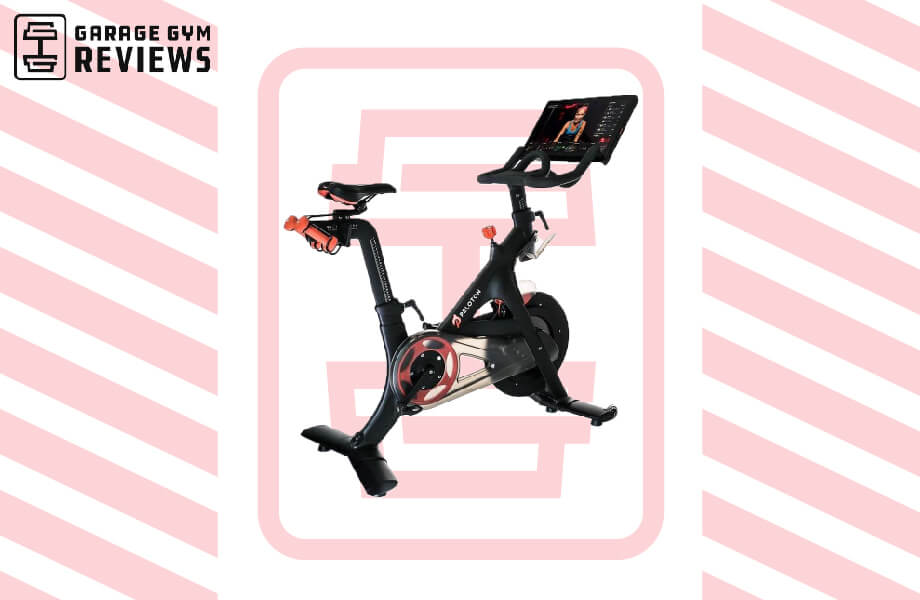

Air Bikes
What It Is: A stationary bike that is completely powered by the user. This means that the faster you pedal, the more air resistance you create.
Muscles Used: Full-body
How to Use: Sit in the saddle and put your feet on the pedals. Grasp the arms of the bike and move your legs and arms in tandem (unless you want to ghost ride and just use your arms).
Suitable For: High-intensity interval training, recovery workouts, low-impact cardio
Who Should Use It: CrossFitters love these, but anyone looking for low-impact cardio stands to benefit as well as those wishing to build their aerobic capacity
Average Size: 51 inches long by 23 inches wide by 48 inches high
Price: $300 to $1,000+
Rowers
What It Is: A cardio-focused machine that is meant to mimic traditional water rowing on land.
Muscles Used: Full-body
How to Use: Sit on the seat, and insert your feet into the pedals on the machine, tightening the straps around your feet. Focus on the four main movements: Catch, drive, finish, recovery. Pull back on the handles of the rower, being careful to pull evenly towards your ribs as the seat moves back. Let your arms go slightly before the rest of your body follows, and repeat the cycle all over again.
Suitable For: Low-impact cardio exercise, active recovery, high-intensity intervals
Who Should Use It: CrossFitters, those who enjoy circuit training, and anyone looking for cardio that is easy on the joints
Average Size: 83 inches long by 22 inches wide by 34 inches high
Price: $200 to $3,300+


Climbers
What It Is: An indoor cardio machine that simulates the movement of climbing on a vertical path.
Muscles Used: Full-body
How to Use: Grasp the handles and stick your feet on the pedals. Move the handles and your feet at the same time, almost like you’re rock climbing.
Suitable For: Low-impact cardio exercise, building aerobic capacity, high-intensity work
Who Should Use It: Anyone who wants to spice up their workout routine
Average Size: 26 inches wide by 41 inches tall
Price: $100 to $3,200+
Stair-Stepper
What It Is: A cardio machine with stairs that moves at various intensities
Muscles Used: Lower body (glutes, calves, hamstrings, quads)
How to Use: Keep your posture upright and do not lean on the machine as support. Take normal steps as you would on a staircase, and adjust the speed if needed.
Suitable For: Building aerobic capacity and muscular endurance at the same time
Who Should Use It: Those looking to improve their VO2 max or build lower-body muscles during conditioning
Average Size: 56 inches long by 33 inches wide by 82 inches tall
Price: $900 to $17,000+
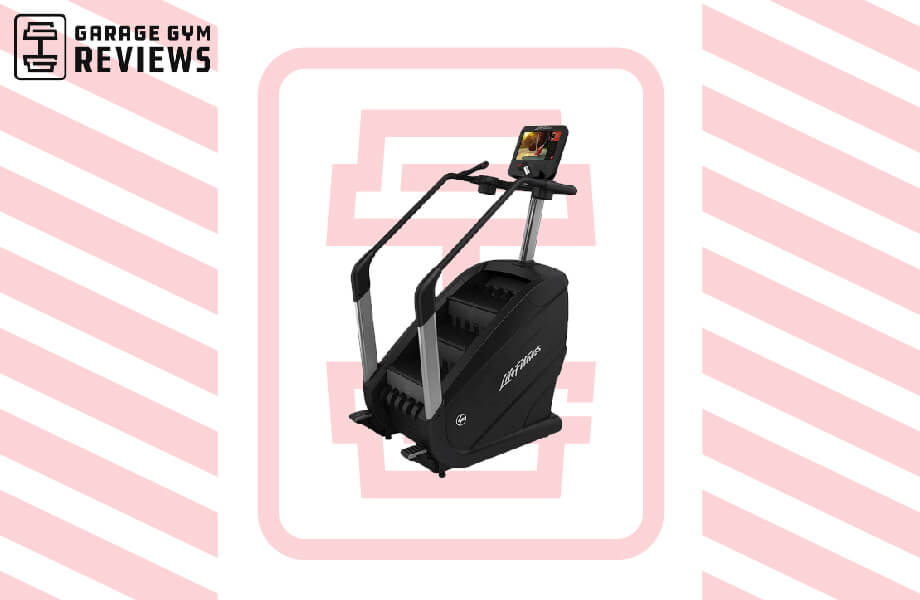

Jump Rope
What It Is: A rope with handles used for jumping
Muscles Used: General lower body, biceps, shoulders, core
How to Use: Using a jump rope is simple: Spin the rope via the handles using just your wrists. As it comes around the front, jump over the rope to avoid getting tangled up.
Suitable For: Double-unders, regular jumping, ski jumps, single-leg jumps
Who Should Use It: Beginners and advanced fitness enthusiasts alike can enjoy using a jump rope. People who like HIIT-style workouts or those who need a portable way to get their heart rate up are also good candidates.
Average size: 12-feet long
Price: $5 to $80
Ski Erg
What It Is: A cardio machine similar to a rowing machine, except it’s upright, and it mimics cross-country skiing
Muscles Used: Full-body, but primarily upper body and core
How to Use: Stand in front of the machine, facing the console, and reach up to grab the handles. Pull down on the handles while keeping a soft bend in your elbows. Simultaneously hinge at the hips, extending your hands behind your body. Return to standing and repeat for meters or calories.
Suitable for: Arms-only cardio workouts, building aerobic capacity while building muscular endurance
Who Should Use It: Anyone can use a skier (also called a ski erg), but they’re mostly popular in CrossFit and among cross-country skiers
Average Size: 84 inches high by 16 inches long by 20 inches wide
Price: $1,000
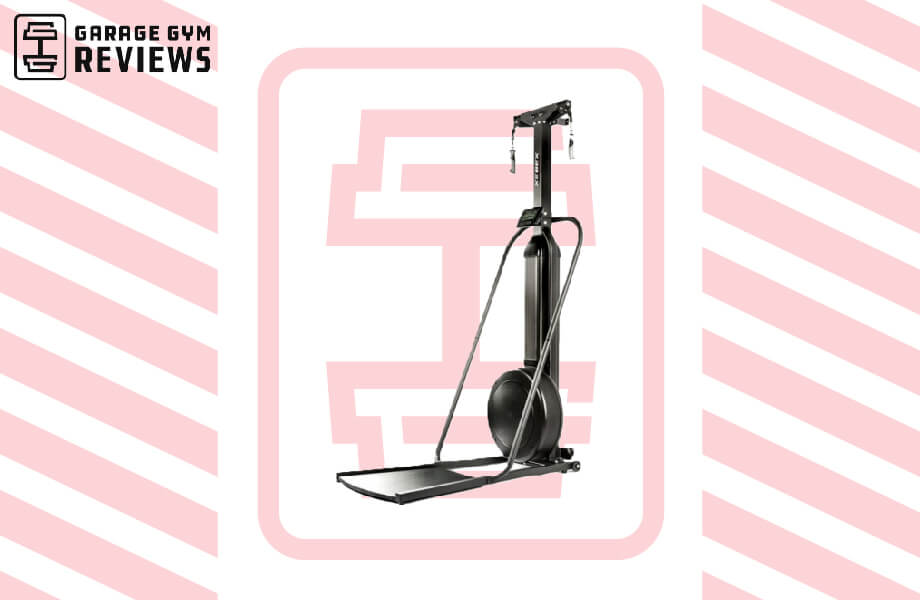
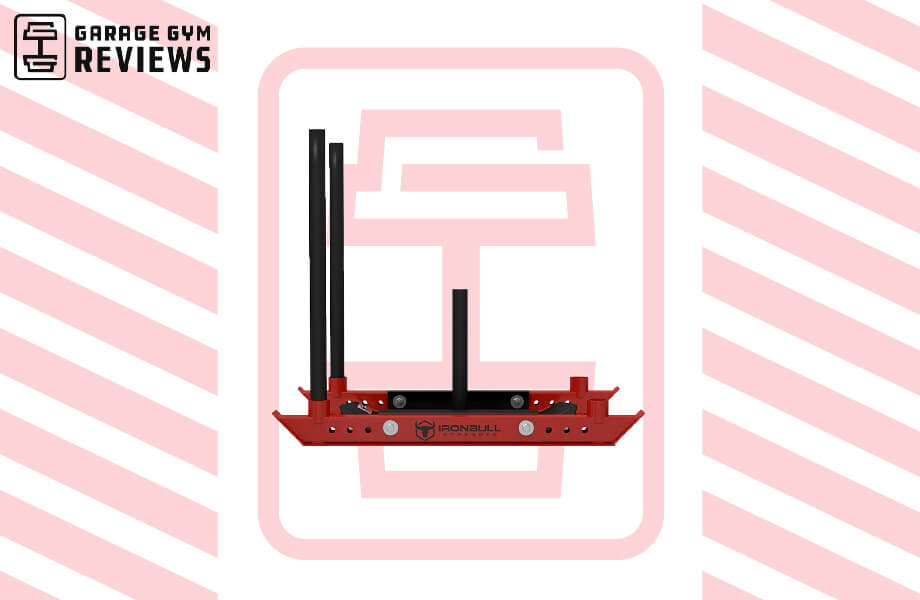
Sleds
What It Is: An apparatus used for pushing and/or pulling weights
Muscles Used: Full-body
How to Use: Load a sled with weight plates and then push or pull it for distance
Suitable For: Sled push, sled pull
Who Should Use It: Anyone interested in developing pushing or pulling strength, especially in the lower body, that transfers well to real-life scenarios
Average Size: Approximately 32 inches long by 24 inches wide by 32 inches high
Price: $200 to $400
Medicine Ball
What It Is: A large ball used for various exercises. They can either be soft with a vinyl exterior and semi-plush interior, or hard rubber.
Muscles Used: Full-body, with emphasis on upper or lower body depending on the exercise performed
How to Use: Hold a med ball for squats or lunges; use it for shoulder press or rows; do wall-balls; throw it for rotational strength; use it to practice squat depth; hold it and do crunches or sit-ups; there are countless uses for medicine balls.
Suitable for: Wall-balls, goblet squats, wall throws, weighted sit-ups, med ball cleans, weighted lunges, presses.
Who Should Use It: People who want an alternative to other free weights for lifting exercises, CrossFitters, and people interested in developing rotational strength
Average Size: 8 to 14 inches in diameter
Price: $50 to $150

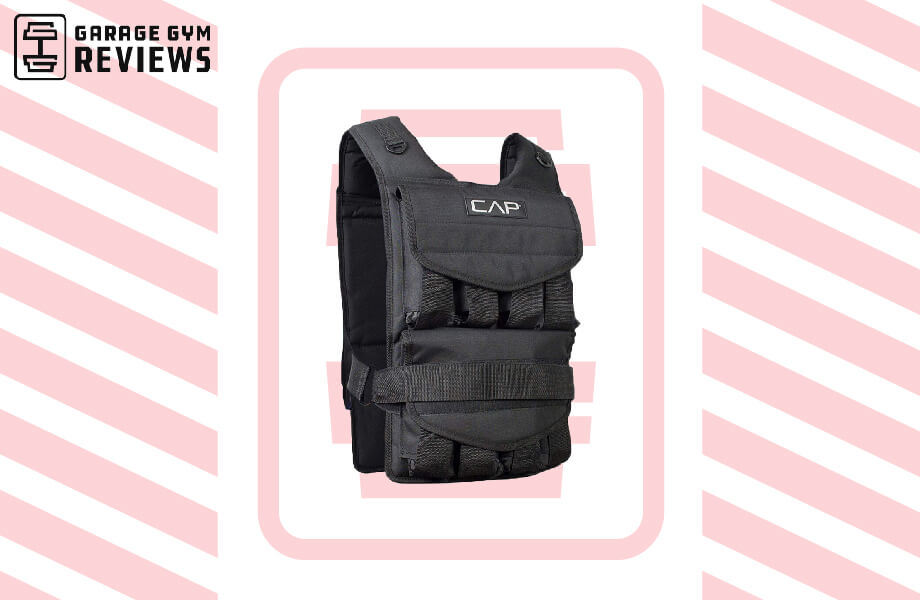
Weighted Vest
What It Is: A vest one wears while walking, running, or doing bodyweight exercises to increase the resistance and make the movement more challenging
Muscles Used: Depends on the exercise being performed
How to Use: Choose a weight vest that fits your body snugly; follow the instructions for adding weight and securing the vest to your body; and wear it for any movements you wish
Suitable For: Walking, running, calisthenics
Who Should Use It: PCrossFit participants, people training for hiking or backpacking, anyone who wants to add a challenge to walking or running, those who do advanced calisthenics
Average Size: Most come in small, medium, and large; many are one-size-fits-most
Price: $80 to $250
Peg Board
What It Is: A piece of equipment (usually wooden) installed on a wall, which athletes climb by inserting pegs into laser-cut holes
Muscles Used: All muscle groups, but mostly upper body and core
How to Use: Hold the pegs tightly in your hands; insert them into the holes on the board one after another, gradually climbing higher on the board
Suitable For: Climbing, hanging
Who Should Use It: CrossFitters, rock climbers, and others interested in building upper-body strength and stability
Average Size: 48 inches long by 12 inches wide by 2 inches deep
Price: $50 to $200
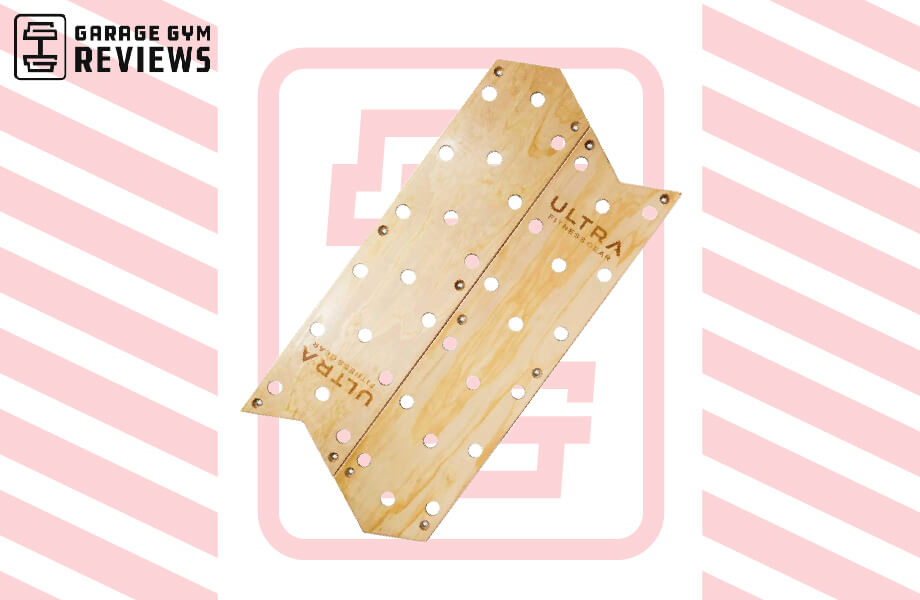

Battle Ropes
What It Is: A pair of heavy ropes you anchor to a secure point, and move with your arms for conditioning exercise
Muscles Used: Can work all muscle groups, but primarily used for upper-body training
How to Use: Make sure the ropes are securely anchored. Hold the end of each rope firmly in each hand. Make “waves” with the ropes by undulating your arms up and down, in unison or alternating.
Suitable For: Upper-body conditioning
Who Should Use It: Anyone wanting to do some conditioning exercise without a traditional cardio machine
Average Size: 50 feet long (25 feet of rope in each hand) and 2 inches thick
Price: $50 to $250
Glute-Ham Developer
What It Is: A large piece of gym equipment designed to train the glutes and hamstrings in a prone position
Muscles Used: Glutes and hamstrings, but the machine can be used for other exercises as well
How to Use: To train the glutes and hamstrings, anchor your feet in between the foot pads and foot plate (after adjusting the machine to your height). Lie face-down on the pads to perform a variety of glute-ham exercises, including back extensions, Nordic curls, hip extensions, static holds, and more.
Suitable For: Back extensions, prone hamstring curls, glute exercises
Who Should Use It: Intermediate to advanced exercisers who do not have a lower-body injury and those who want to build strength in their posterior chain (back side of the body).
Average Size: 73 inches long by 45 inches wide by 43 inches high
Price: $700 to over $2,000

SUPPORT GEAR/ACCESSORIES

Lifting Shoes
What It Is: A pair of shoes designed specifically for Olympic weightlifting movements and squats; these have an elevated heel to assist with proper positioning beneath a barbell.
How to Use: Purchase a pair in your correct size and wear them for squat variations, clean-and-jerks, and snatches
Suitable For: Squats, snatches, clean-and-jerks
Who Should Use It: Anyone participating in Olympic lifting, as well as those who need assistance with proper squat mechanics
Average Size: Men’s and women’s sizes
Price: $120 to $300
Running Shoes
What It Is: A pair of shoes designed specifically for running, usually with a thick foam midsole and mesh upper
How to Use: Purchase a pair in your correct size and wear them for running workouts.
Suitable For: Running, walking, trail running
Who Should Use It: Anyone who runs or walks for exercise
Average Size: Most brands make running shoes available in women’s sizes 5 to 12 and men’s sizes 7 to 13
Price: $100 to $200


Barbell Collars
What It Is: A pair of small devices used to keep weight plates securely on a barbell’s sleeves
How to Use: Clamp a collar on each barbell sleeve when you are lifting with a barbell and weight plates
Suitable For: All barbell exercises
Who Should Use It: Everyone using a barbell with weight plates
Average Size: 2-inch inner diameter (to fit a 2-inch barbell sleeve)
Price: $10 to $115
Gym Flooring
What It Is: Flooring that’s placed in a home gym to reduce noise and impact to the ground created by dropped free weights and running. Home gym flooring also provide a softer surface that’s easier on the joints.
How to Use: Install flooring according to the manufacturer’s instructions.
Suitable For: Protecting your home’s flooring
Who Should Use It: Those who want to protect their floors and equipment from damage
Average Size: Usually sold by square feet or in pre-cut rolled mats
Price: $1-$3 per square foot
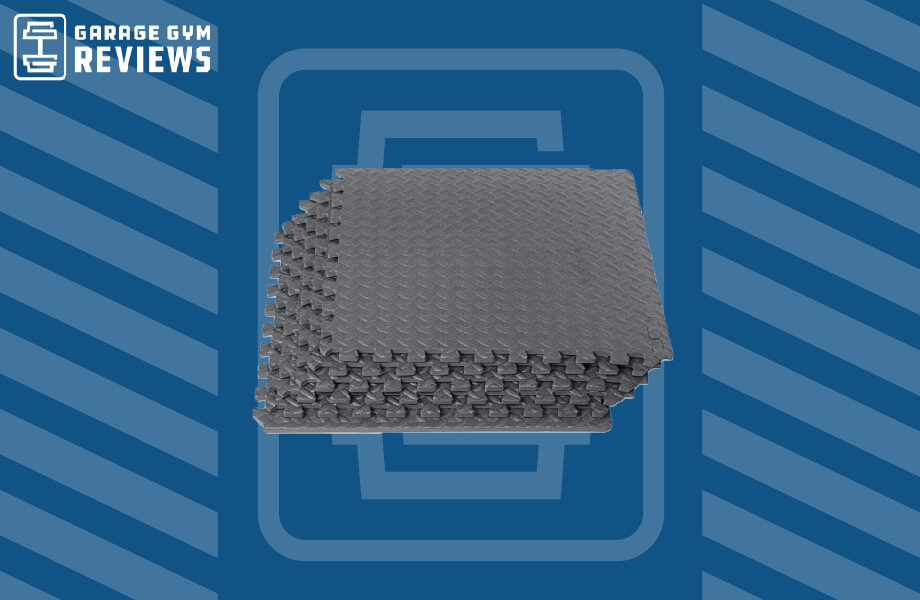

Fitness Tracker
What It Is: A piece of wearable technology that tracks some amount of metrics on your daily movement
How to Use: Most fitness trackers are wearable via a watch band to track movement. You’ll likely need to turn it on and off and select the type of activity to get an accurate reading depending on what you’re doing. Most also come with a companion app for further functionality.
Suitable For: Walking, running, biking, rowing, HIIT training, and possibly some lifting.
Who Should Use It: Anyone looking to create a healthier, less sedentary lifestyle. Also great for highly trained individuals who want to collect information and improve performance based on data.
Average Size: Most fitness trackers are small, wearable, and look like a watch.
Price: $20 to $200+
Gymnastic Rings
What It Is: Gymnastic rings are a gymnastic apparatus made popular by CrossFit. They are two thick rings suspended in air by an overhead support–oftentimes a squat rack.
Muscles Used: Hands, forearms, biceps, triceps, upper back, and core
How to Use: For the average gym person (and not a highly skilled gymnast) rings can be used similarly to TRX straps. You can also perform pull ups, inverted rows, incline push ups, and dips on a pair of gymnastic rings.
Suitable For: Pull ups, push up variations, rowing, and dips.
Who Should Use It: Anyone looking to elevate calisthenic training and gymnastic-style movements
Average size: Rings are typically just under 7 inches in diameter on the inside of the circle and the outside is just over 9 inches.
Price: $50 to $100
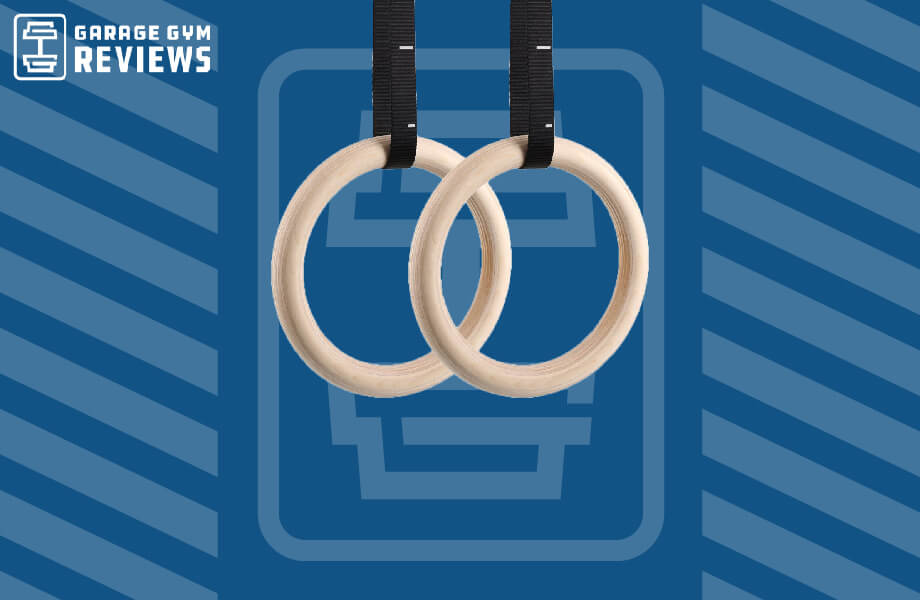

Ab Roller
What It Is: An ab roller is a small training device that looks like a small wheel with a handle stuck through the middle
Muscles Used: Core muscles, including the rectus abdominis and the transverse abdominis
How to Use: Starting in a quadruped position (on hands and knees), have the ab wheel on the floor and grip the handles. With control, you generate force by pushing into the ground and slowly roll the ab wheel away from your torso. Although it’s easier said than done, once your arms and hips are nearly at full extension, you’ll use your core, glutes, and arms to pull yourself back to the starting position.
Suitable For: Serious challenge for core strength and stability
Who Should Use It: Individuals who feel confident in holding bodyweight planks, deadbug, and other core exercises
Average Size: About 7 inches in diameter
Price: $20 to $60
Workout Mat
What It Is: A rollable or foldable soft mat for floor exercises
How to Use: Roll out the mat, place it on the floor, and use it to support any standing, kneeling, or prone exercise
Suitable For: Mobility drills, abdominal training, floor pressing, and kneeling exercises
Who Should Use It: Anyone who does resistance training
Average size: Typically 2 feet wide and 6-feet long and anywhere between 7 to 10 millimeters in height.
Price: $20 to $40
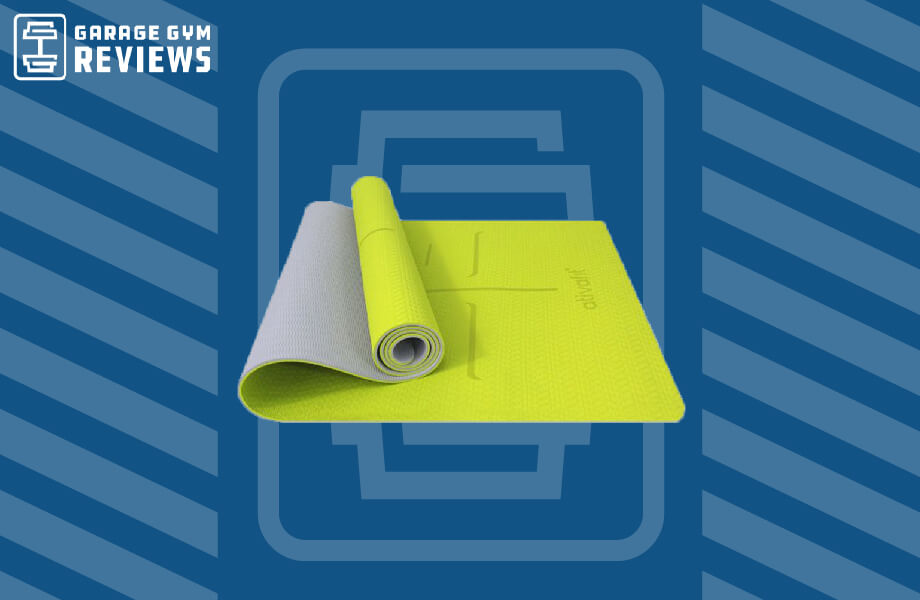
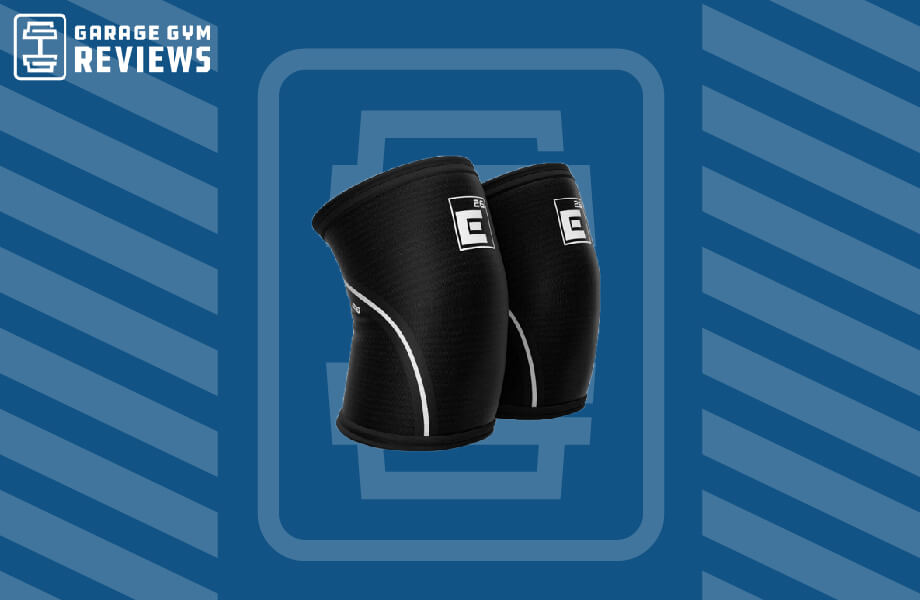
Knee Sleeves
What It Is: A tool to help stabilize the knee joint by using compression to bring blood flow to the muscles around the knee and promote proper alignment of the knee. Sleeves are typically made from neoprene material.
Muscles Used: Help aid blood flow to the quads, hamstrings, and calves
How to Use: Most sleeves will be designated either left or right. Pull on each sleeve on the respective leg, pull over the calf, until your knee is covered and a portion of the sleeve is sitting on your quad. This is easier said than done—new sleeves are usually very tight.
Suitable For: Squats, deadlifts, and Olympic lifts
Who Should Use It: Powerlifters, Olympic lifters, and Strongman competitors
Average Size: Sizes typically run extra-small through extra-large
Price: $50 to $100
Weightlifting Belts
What It Is: A tool to help stabilize your trunk. Belts are often made from leather or nylon.
Muscles Used: With proper breathing technique, a weightlifting belt can help you create body awareness to brace your core for a heavy lift. The better you brace for a heavy lift, the less you get your lower back involved.
How to Use: A good rule of thumb is to wrap your belt around your belly button. Depending on torso length and the height of your hips, you can make adjustments from there. You’ll secure the belt in place with the fastener, leaving enough room to breathe, but it should be a snug fit around your waist.
Suitable For: Heavy compound (multi-joint) lifts like squat, deadlift, overhead press, snatch, clean and jerk, etc.
Who Should Use It: Powerlifters, Olympic lifters, Strongman competitors
Average Size: Most retailers range widely in sizes to accommodate a variety of lifters. Sizes are typically measured in inches, which denotes the circumference of your waist.
Price: Nylon belts will average around $50, while leather belts will average $150.


Wrist Wraps
What It Is: A tool to help aid wrist stabilization and promote proper alignment of the fist stacked over the forearm. Wrist wraps are typically placed at the base of your hand and get wrapped several times around the wrist
How to Use: For heavy lifts, the idea of a wrist wrap is to immobilize the wrist joint, so you are less likely to lose power under a heavy pressing movement like bench or overhead press. Most wraps have thumb loops to help with the wrapping process, but be sure to take off the loops before you lift.
Suitable For: Bench press, overhead press, and upper-body Strongman lifts
Who Should Use It: Powerlifters and Strongman competitors
Average size: Average length is around 18 inches, however some brands offer longer wraps.
Price: $15 to $35
Chalk
What It Is: Chalk is made from magnesium carbonate, which helps remove moisture from your hands and helps you get a better grip on barbells and dumbbells. You’ll mostly use chalk for your hands to get a better grip, but occasionally in competition, you’ll see lifters use chalk on their back so the barbell doesn’t slip.
How to Use: If you have a fresh block of chalk, just take that thing and rub it around your palms, making sure to get the space between your thumb and index finger. Chalk will eventually break down, so if it’s not in block formation, you’ll have to rub the powder around in your hands instead.
Suitable For: Sweaty palms, heavy lifts, bodyweight movements, and gymnastics
Who Should Use It: Anyone who finds themselves failing to grip a barbell due to sweaty palms, regardless of weight on the bar. Additionally, even if your hands aren’t sweaty, for a heavy one-rep max attempt, it’s a good idea to chalk up and get that extra gripping power.
Average Size: Chalk usually comes in 3- or 4-inch blocks, and is broken down into powder over time.
Price: $5 to $20

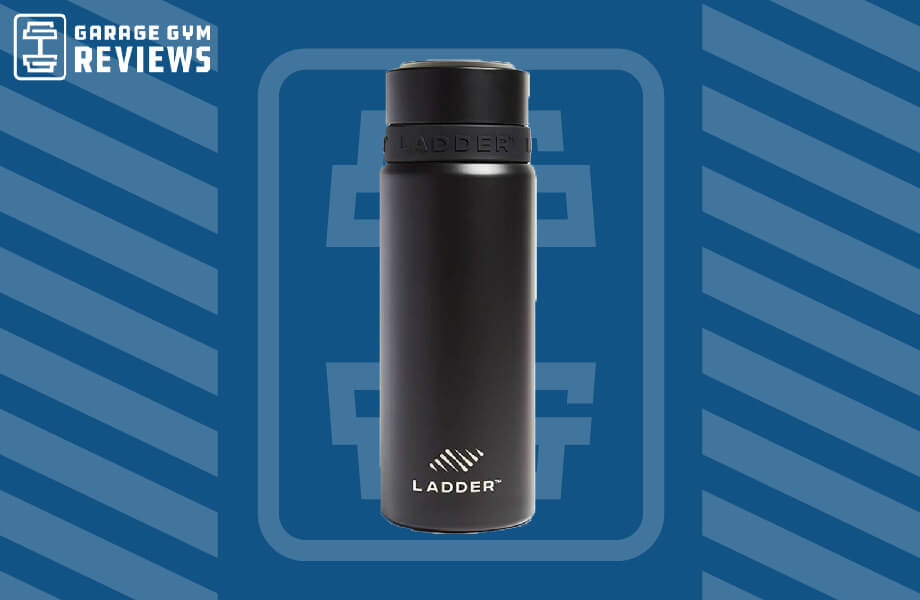
Shaker Bottle
What It Is: A specially designed water bottle for protein shakes or mixing other supplement drinks
How to Use: Add your liquid, then add your supplement powder(s), and make sure your mixing ball is inside the bottle. Screw the cap on and be sure the lid is closed, too. Shake the bottle well to blend your liquids and powders together.
Suitable For: Mixing and drinking protein powder, pre-workout, or other supplements like BCAAs and creatine.
Who Should Use It: Anyone who drinks powdered supplements and doesn’t want to use an electric blender with every drink
Average Size: Most shaker bottles fit inside traditional cup holders and range from 10- to 20-ounce volume.
Price: Plastic shaker bottles average $10, insulated metal shakers average around $20.
J-cups/J-hooks
What It Is: A j-cup, or j-hook, is so-named because it looks like the letter “j.” This is an attachment that goes on a squat rack or power cage and holds the bar in place. Typically, there are pegs on the back of the j-cup that can be placed anywhere on the rack’s upright.
How to Use: There are different variations of how j-cups attach to a rack; the most basic include just a pin that slides into the hole of the upright. More sophisticated j-cups use a pop-pin design.
Suitable For: Barbell work on the rack
Who Should Use It: Anyone using a squat rack for barbell exercises.
Average Size: About 5 to 6 inches tall and 3 to 4 inches deep
Price: $30 to $100+ per pair

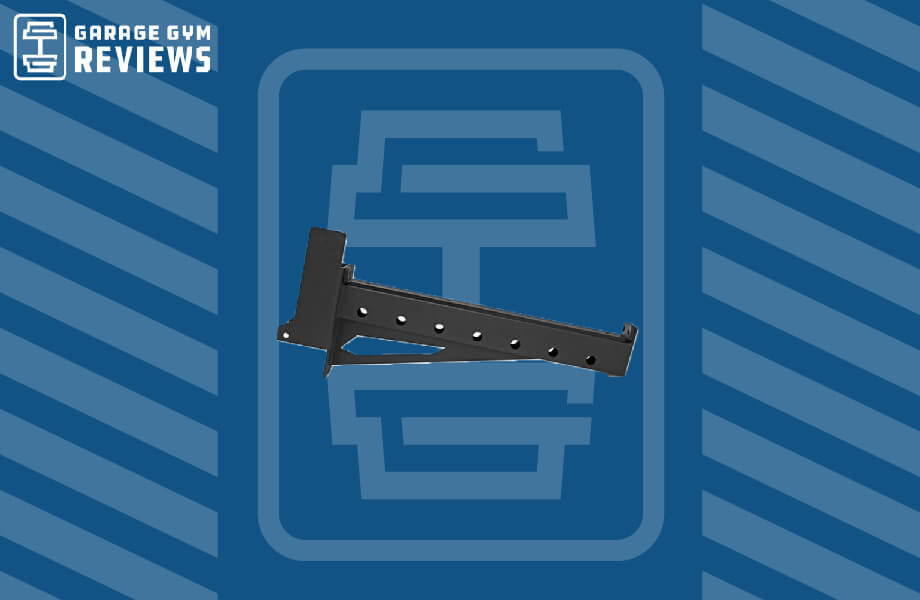
Spotter Arms
What It Is: A helpful safety device that you can attach to the uprights of a squat rack or power cage through the same holes you use for a J-hook
How to Use: On a power cage, spotter arms are long metal cylinders that are long enough to extend the cross-section of each side of the cage. On a squat rack (or squat stand), the spotter arms are attached to the uprights and jet out from the cage to catch the bar if you should fail the lift. For either situation, you’ll set the safety arms just below your end range of motion, so the arms don’t get in the way of your lift but are nearby in case the lift doesn’t go as planned.
Suitable For: Heavy lifts with or without a human spotter. Safety arms can also assist in deadstop training like pin press or pin squats.
Who Should Use It: Anyone who likes to train with heavy weights or lighter weights to failure. Spotter arms are also a huge benefit to anyone lifting alone.
Average Size: Length will depend on whether your spotter arms are for a cage or a rack, but can range from anywhere between 2 and 4 feet in length.
Price: $100 to $300
Safety Pins
What It Is: Safety pins are metal arms that are attached to a power rack for either safety concerns, such as bailing on a heavy squat, or to aid in exercises, like rack deadlifts.
How to Use: Safety pins can be placed on a power rack at any height you need in accordance with the holes in the uprights. If you’re doing rack pulls, for example, you’ll place the pins just below the knee. If you’re doing something like rack holds, you would place them below the shoulder. Most safety pins come with a pop-pin design to lock the attachment in place.
Suitable For: Barbell rack exercises like squats and deadlifts
Who Should Use It: Anyone using the squat rack who wants an added layer of safety or assistance with rack-specific exercises.
Average Size: Around 12 inches long to the full depth of a squat rack, which is often around 3 feet
Price: $80 to $200+ for a pair
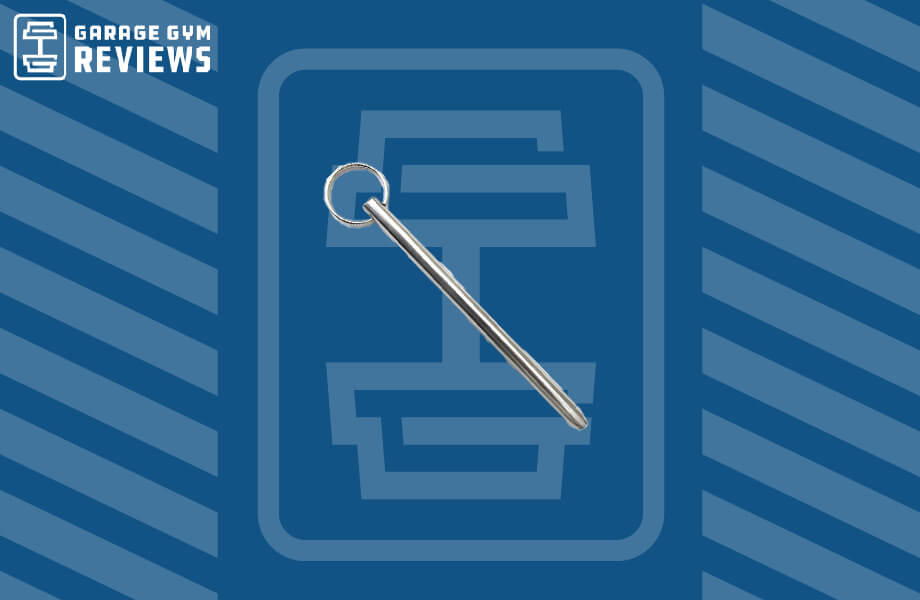
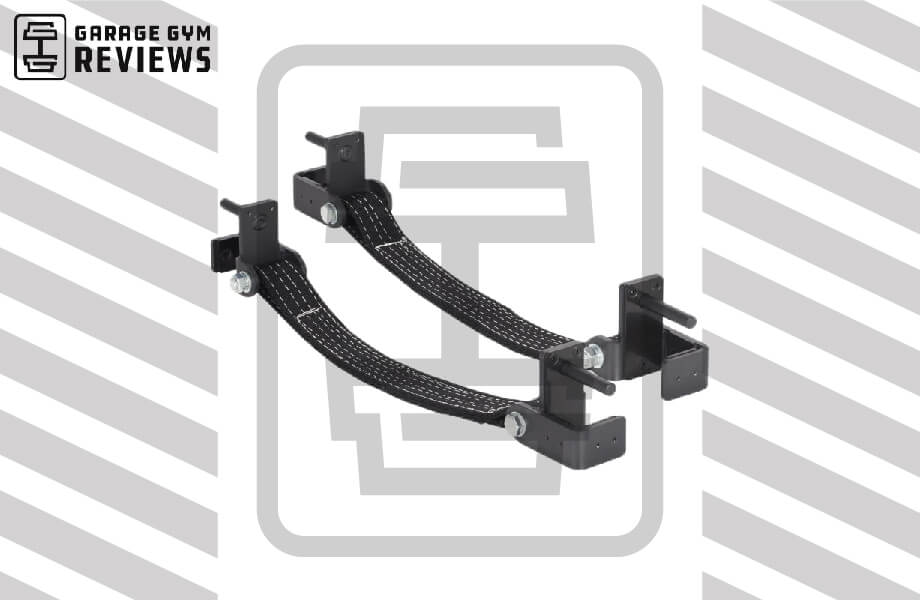
Safety Straps
What It Is: Safety straps are attachments for squat racks that provide—wait for it—an added layer of safety to your rack workouts. Similar to safety pins, these cloth attachments can be used to protect lifters on missed attempts or to assist with barbell exercises like rack pulls. Straps offer more protection for equipment than pins or spotter arms do, as straps won’t scuff or scratch a barbell the way a metal safety pin will.
How to Use: Determine the height you’d like the straps to be, and use the pin attachment to lock the strap into place.
Suitable For: Barbell rack exercises such as rack pulls and squats
Who Should Use It: Anyone using a squat rack for barbell exercises who wants added safety or assistance while decreasing the damage to equipment
Average Size: A few inches thick by a few feet long, typically customized for your rack’s depth
Price: $100 to $200+
Monolift Attachment
What It Is: A squat rack attachment that resembles a pair of hooks that eliminates the need for someone to walk a barbell out of the rack. A monolift is a common sight in powerlifting gyms and generally reserved for very heavy weight.
How to Use: Most monolifts require two people: the lifter, and someone to pull the lever to remove the hooks. After adjusting the monolift to the desired height for the lifter, load the barbell and weight plates. Once the lifter is in place under the barbell, they should stand up straight. At that time, the other person pulls a lever to remove the hooks from the lifter’s space so they can squat.
Suitable For: Squats
Who Should Use It: Competitive powerlifters
Average Size: Vary greatly in size, though most adjustable monolights meant for home gyms are about 1.5 feet long and around 1 foot deep
Price: $200 to $400+


Deadlift Jack
What It Is: A deadlift jack assists people with loading deadlifts. This tool lifts the barbell off the ground, making it much easier to slide plates on and off the bar. You typically only see these in powerlifting gyms, but the occasional commercial gym may have them.
How to Use: Place the jack under the loaded barbell. Pull the top lever to inch the bar off the ground for easier loading.
Suitable For: Loading heavy deadlift bars
Who Should Use It: Powerlifters and people who like to deadlift heavy
Average Size: Roughly 30 to 40 inches wide and a few feet tall
Price: $100 to $200
Deadlift Platform
What It Is: A platform is a dedicated space to safely lift weights and prevent damage to flooring and equipment. A deadlift platform may have a wooden or rubber center, where the lifter’s feet are placed, with rubber mats where the plates rest.
How to Use: Set up the barbell so the center of the bar is in the center of the platform, with the collars and sleeves resting on the rubber mats. Load the bar and deadlift.
Suitable For: Performing deadlifts or Olympic lifts
Who Should Use It: Powerlifters, Olympic weightlifters, and anyone seeking to protect equipment and flooring
Average size: About 8 feet wide and 4 feet deep
Price: $300 to $500+
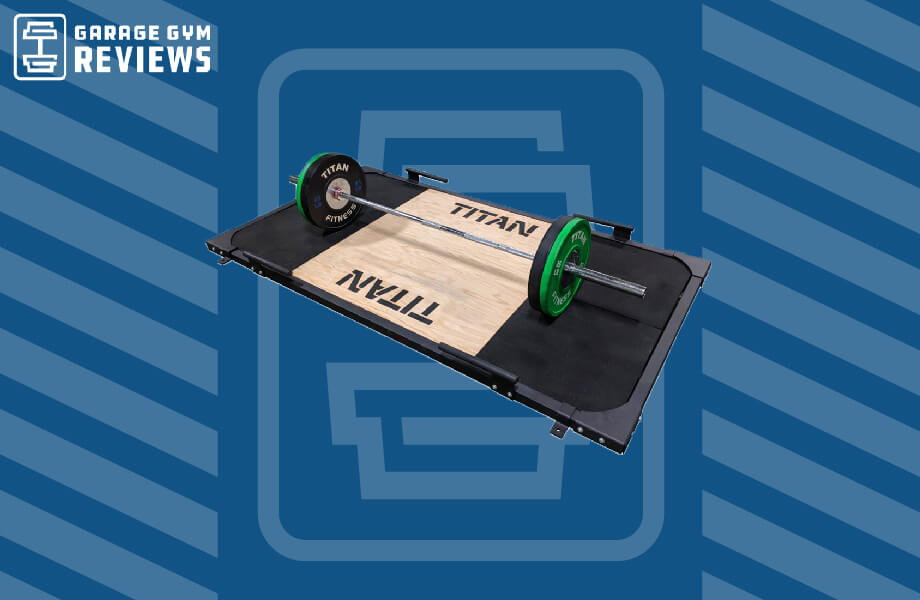
RECOVERY TOOLS

Cold Tub
What It Is: In essence, it’s a bathtub that holds near-freezing water and is useful for recovery. Akin to taking an ice bath, this type of post-workout recovery is intended to reduce inflammation and swelling. There are some cold tubs on the market that can double as hot tubs as well.
Muscles Used: Can be used for full-body recovery
How to Use: Simply fill up the tub and soak for up to 15 minutes
Suitable For: Recovery and relief from sore muscles
Who Should Use It: Anyone looking to avoid sore muscles, including those who lift weights and those who participate in endurance activities
Average Size: About 5 to 6 feet long, 3 feet wide, 2 feet high
Price: $1,000+
Massage Guns
What It Is: A recovery tool that uses percussive therapy with the intention of relieving sore muscles. Many of these devices typically come with different attachment heads to target different body parts in different ways. Think of it like a jackhammer for your muscles; the constant bursts of pressure hurt so good.
Muscles Used: Full-body recovery option
How to Use: Select the attachment head and speed you desire, then place the attachment right up against the target area and push the start button. You can move the attachment head around the muscle or leave it in place.
Suitable For: Recovery and pre-workout mobilization
Who Should Use It: Strength athletes, endurance athletes, or anyone who gets sore muscles
Average Size: 6 to 12 inches long and 4 to 8 inches deep
Price: $30 to $200+
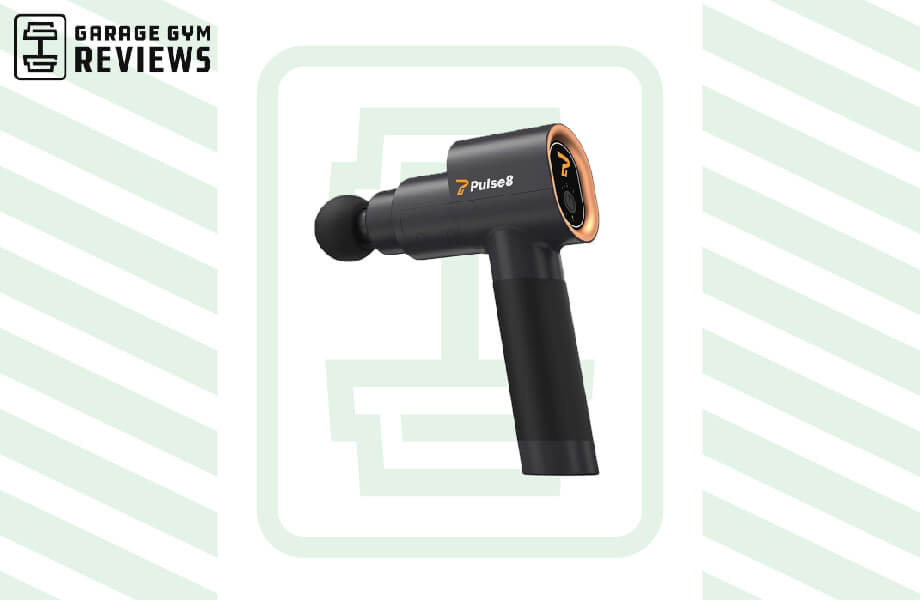
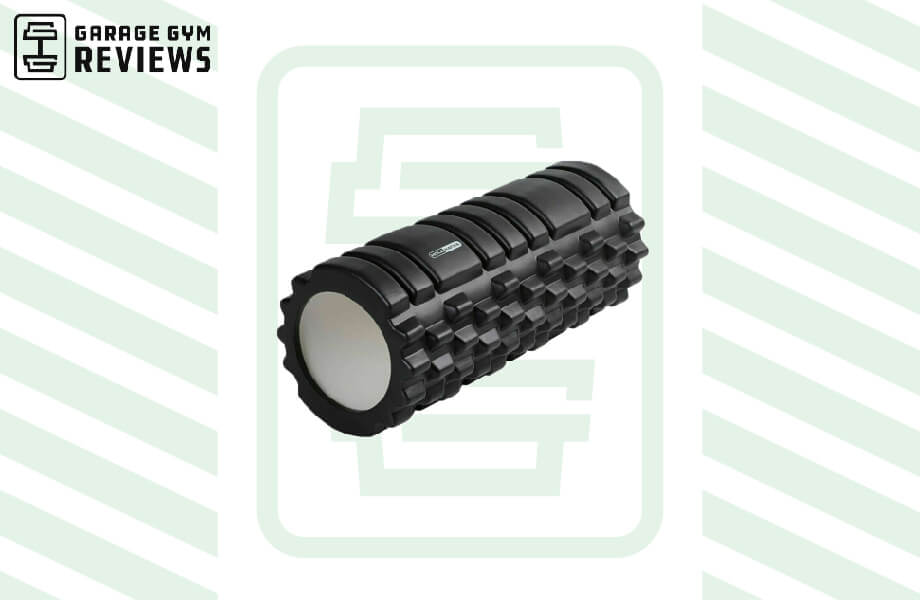
Foam Roller
What It Is: Coming in all shapes and sizes, foam rollers are cylindrical pieces of foam meant for massaging sore or tight muscles. You can find foam rollers that are textured or smooth; short or long; narrow or thiccc.
Muscles Used: Full-body
How to Use: To effectively use a foam roller, you need to use your body weight. You’ll place the roller on the floor, then put the target area directly on top of the roller. You can stay in place or move up and down the roller to target the muscles.
Suitable For: Recovery and pre-workout mobilization
Who Should Use It: Strength athletes, endurance athletes, or anyone who gets sore and tight muscles
Average Size: Roughly a few feet long and 4 to 6 inches thick
Price: $10 to $60+
HOME GYM ORGANIZATION
Plate Tree
What It Is: A storage system for weight plates. These are often freestanding pieces of equipment, though some are attached vertically to walls or racks.
How to Use: Simply slide plates on and off the pegs
Suitable fFor: Storing weight plates of all sizes
Who Should Use It: People who have weight plates and want an organization system
Average Size: Roughly 2 to 4 feet tall and a few feet wide
Price: $60 to $300+

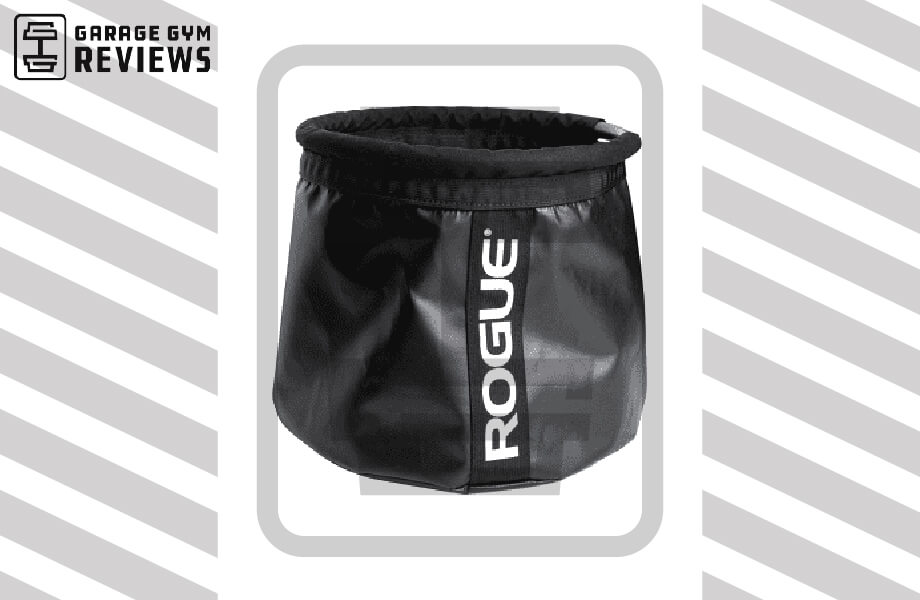
Chalk Bowl
What It Is: A bowl that’s used to store chalk
How to Use: Assemble the chalk bowl and place chalk inside.
Suitable For: Keeping chalk in a neat container
Who Should Use It: Anyone who utilizes lifting chalk on a regular basis
Average Size: 40 inches tall, 14 inches in diameter, and five inches in depth.
Price: $75 to $200+


